Oregon National Parks offer a variety of ways to explore the Beaver State. According to the National Park Service, Oregon National Parks include one national park, two national monuments, two national historical parks, one national historic site, and four national trails:
- Crater Lake National Park
- John Day Fossil Beds National Monument
- Oregon Caves National Monument & Preserve
- Lewis & Clark National Historical Park
- Nez Perce National Historical Park
- Fort Vancouver National Historic Site
- California National Historic Trail
- Ice Age Floods National Geologic Trail
- Lewis & Clark National Historic Trail
- Oregon National Historic Trail
The Bureau of Land Management and the United States Forest Service have their own collection of Oregon National Parks. These public parks haven’t yet entered into the national park system but are still available for public use.
BLM & USFS Oregon National Parks include two national monuments, two national recreation areas, one national historic site, and two national trails:
- Cascade-Siskiyou National Monument
- Newberry National Volcanic Monument
- Hells Canyon National Recreation Area
- Oregon Dunes National Recreation Area
- Rogue River National Historic Site
- Nez Perce National Historic Trail
- Pacific Crest National Scenic Trail
That means that you can enjoy sixteen Oregon National Parks, and that’s not counting the national forests, national wildlife refuges, and many other federally protected lands.
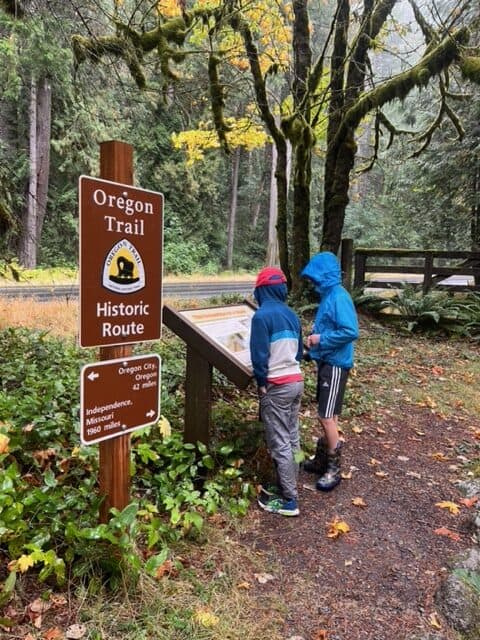
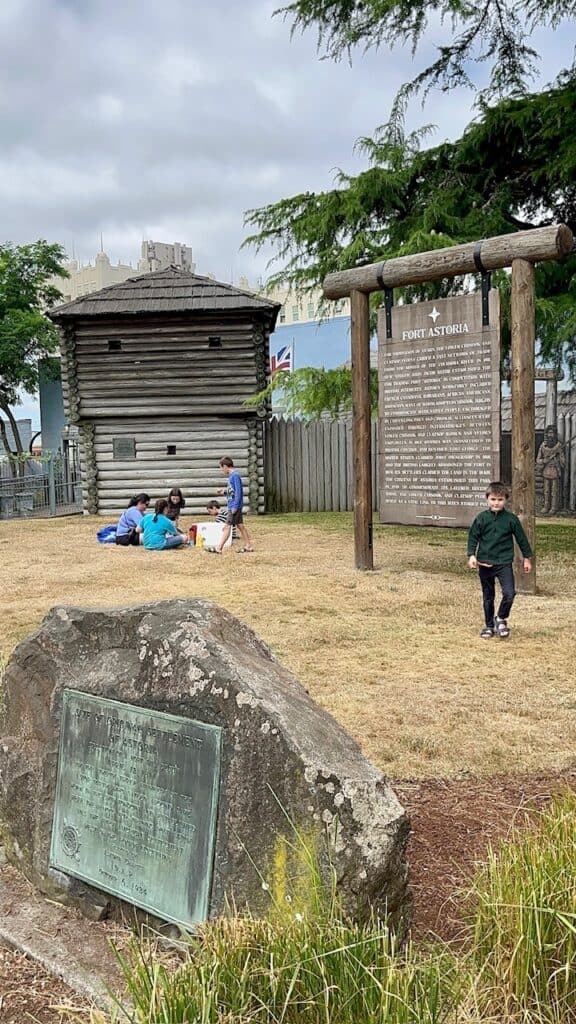
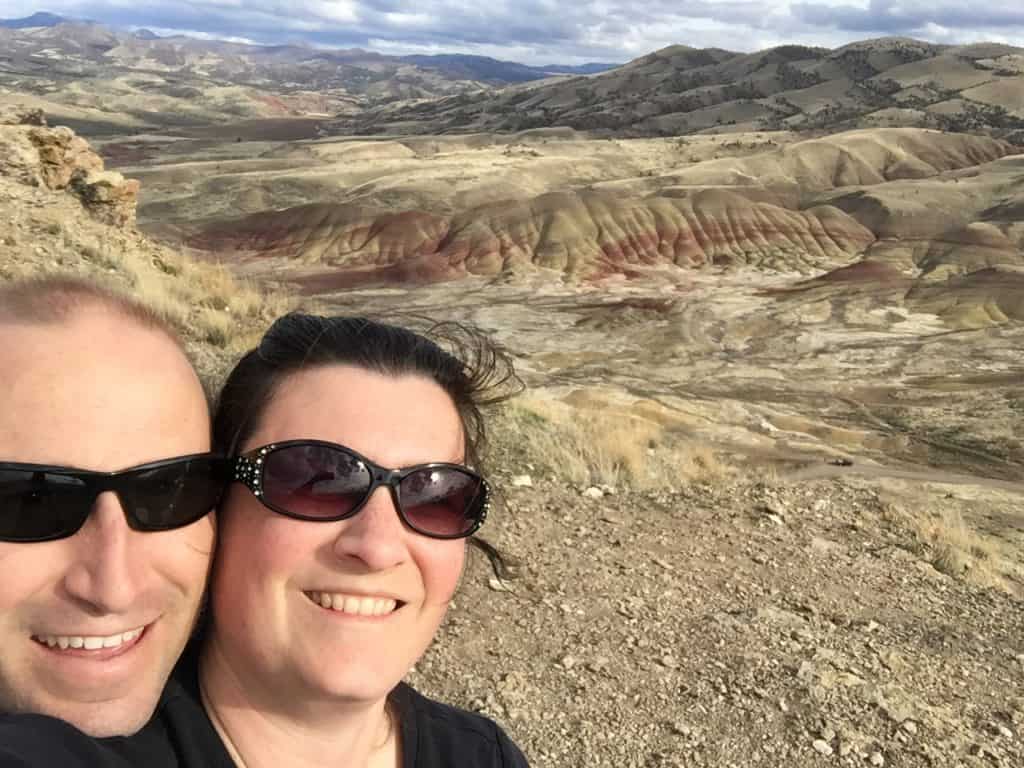
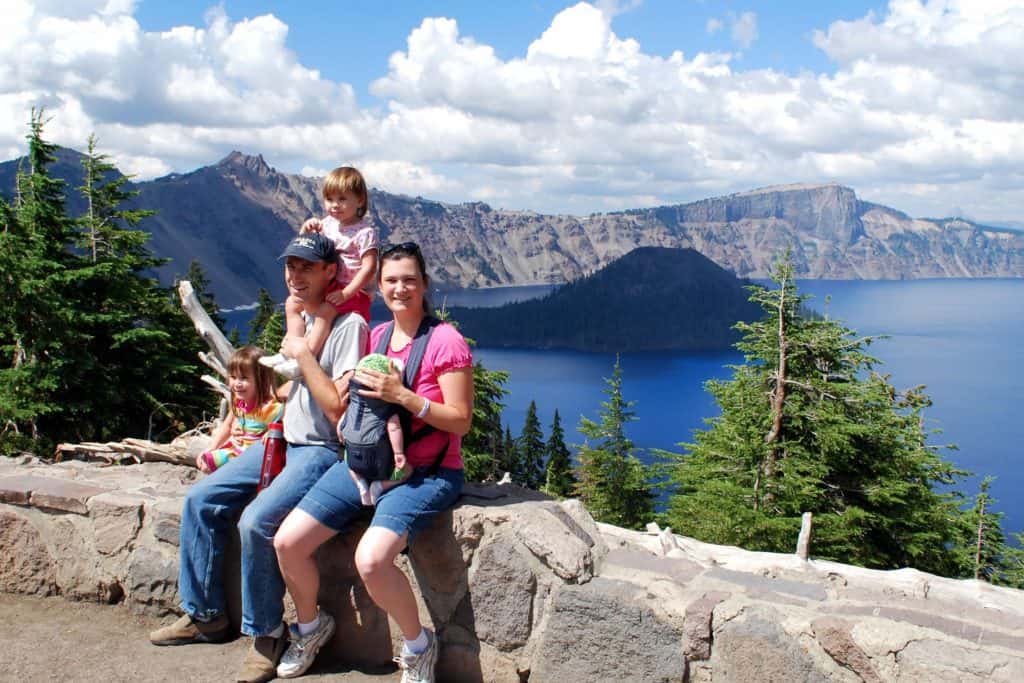
Which Oregon National Parks to Choose?
With so many opportunities you may wonder where to start. We recommend planning your next Oregon road trip according to the regions that you’ll be visiting.
Oregon is a diverse state with seven distinct regions. We’ve detailed the best Oregon National Parks and public lands sites for each region so that you can plan a fantastic National Parks road trip.
Table of Contents
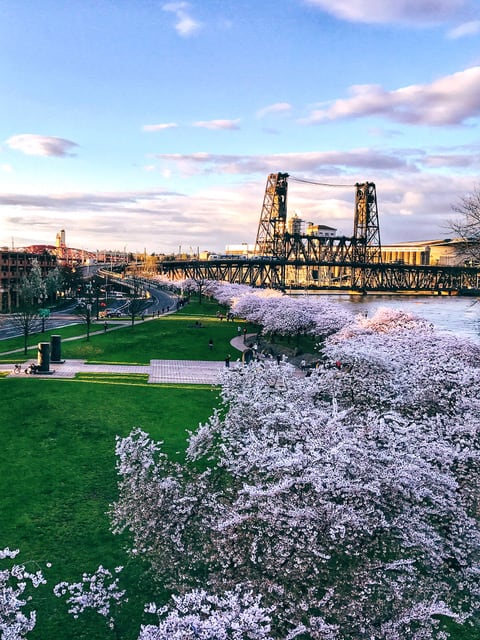
Oregon National Parks in the Portland Metro Region
Portland Metro is Oregon’s most popular and most accessible region.
The Portland area is bordered by the Oregon Coast on the West and the Cascade Range on the East. With the right planning, a family can have it all—the culture and history of Oregon’s urban scene, the beauty of the Oregon Coast, and the wonder of the mighty Cascades.
The Portland Metro region is rich in Oregon National Parks. Learn how Oregon began at Fort Vancouver National Historic Site, find the endpoint of the Oregon Trail, or discover remnants of catastrophic Ice Age floods. It’s all here in Portland.
#1. Fort Vancouver National Historic Site
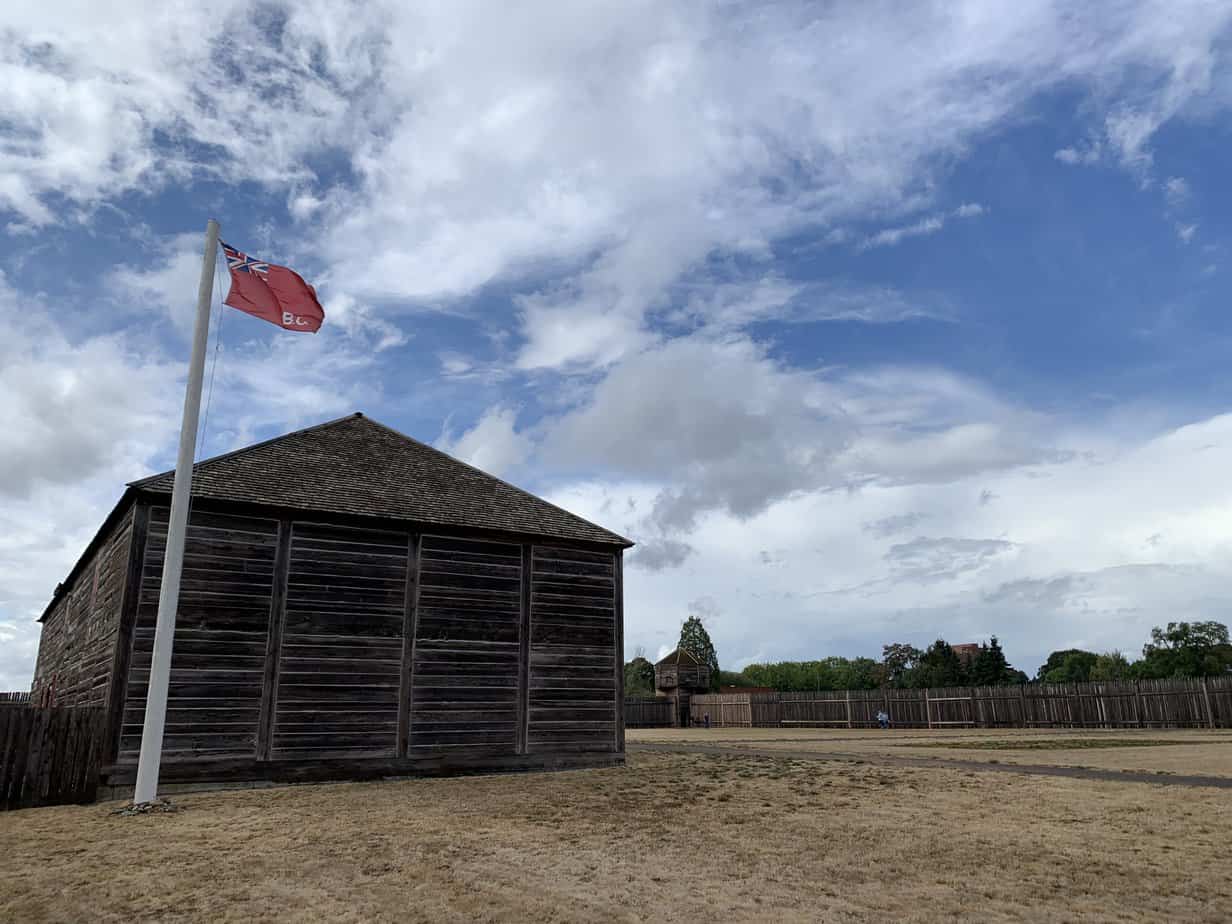
Fort Vancouver National Historic Site is the most historic, interactive, and convenient national park site in the Portland area. The park’s two units tell the origin story of the Oregon we know today.
Fort Vancouver was built in what’s now Washington State. But it was founded at a time when the entire Pacific Northwest was known as “Oregon Country”.
@dinkumtribe Fort Vancouver National Historic Site, as seen from inside the palisade. #nationalparks #nationalparkservice #fortvancouver #washingtonstate #pnwadventures ♬ IMPERIAL PIANO – Treia Music
The fort was a key base of the Hudson Bay Company, a British fur-trapping company that explored much of North America. The fort’s chief superintendent eventually settled in Oregon City in a home now known as the McLoughlin House.
Our family was fascinated with Fort Vancouver NHS. A fully reconstructed Fort Vancouver welcomes you to the 1820s. Living history demonstrations introduce you to the trades and norms of Old Oregon.
@dinkumtribe Exploring Fort Vancouver National Historic Site. #fieldtrip #homeschooling #fyp #visitwashingtonstate ♬ NOTHING – Westover
Historic US Army barracks and officer’s quarters sit on a ridge overlooking the reconstructed fort. Fort Vancouver’s grounds served as an important military installation throughout the 19th and early 20th centuries.
Ulysses S. Grant and Philip Sheridan both served in leadership positions at what was then known as Camp Columbia. The military base would make important contributions to US efforts in the Spanish American War, World War I, and World War II.

The First World War transformed Fort Vancouver into a major production facility for military aircraft. Two decades later, nearby Kaiser shipyards would provide critical merchant marine vessels during World War II.
Fort Vancouver NHS is one of the best Oregon National Parks for families. Historical reconstructions, living history demonstrations, and a great Junior Ranger program are only a few reasons to spend a day at this remarkable place.
#2. Oregon National Historic Trail, Portland Region
America’s famous emigrant trail finds its end in the Portland Metro region. The overland journey ended in early settlements like Oregon City, Oswego, and Milwaukee.
Oregon Trail heritage can easily be found in and around Portland. Here are three ways to encounter the Oregon Trail in the Portland area:
Trail Stop 1: Visit Fort Vancouver National Historic Site
Fort Vancouver was the original end-point of the Oregon Trail. The city of Vancouver is full of historic sites and museums that tell the story of the Pacific Northwest.
@dinkumtribe The blacksmith shop docent showed our kids how beaver traps worked during the 1800s. #homeschoolfieldtrip #adhdfamilytravel #familytravelblog #historicalreenactor #livinghistorymuseum #livinghistorythings #pacificnorthwesttravel #pacificnorthwestroadtrips #pacificnorthwestlife #hudsonbaycompany #fortvancouver #thatpnwlife ♬ Another One Bites The Dust – Remastered 2011 – Queen
Trail Strop 2: Discover Oregon City
Oregon City was the first major colonial settlement in the Pacific Northwest. The city got its start as an offshoot of Fort Vancouver but quickly became the ending point of countless American wagon trains.
Old Oregon can be found all over Oregon City. Historic buildings, interpretive centers, and pioneer graveyards bear testimony to the city’s rich heritage.
@dinkumtribe For more fun fall activities for teens, check out our free printable! @dinkumtribe @dinkumtribe @dinkumtribe #fallfun #halloweenfunwithkids #halloweenteens #autumnactivities #autumnactivity #halloweenactivities #halloweenactivity #pioneercemetery #spookyfun #halloweenwithkids ♬ Spooky, quiet, scary atmosphere piano songs – Skittlegirl Sound
Trail Stop 3: Explore the Oregon Historical Society & History Center
Oregon’s premier history museum is a great place to learn the stories of the Pacific Northwest. Their top-notch interpretive center is known for its excellent, kid-friendly exhibits.
#3. Ice Age Floods National Geologic Trail, Portland Region
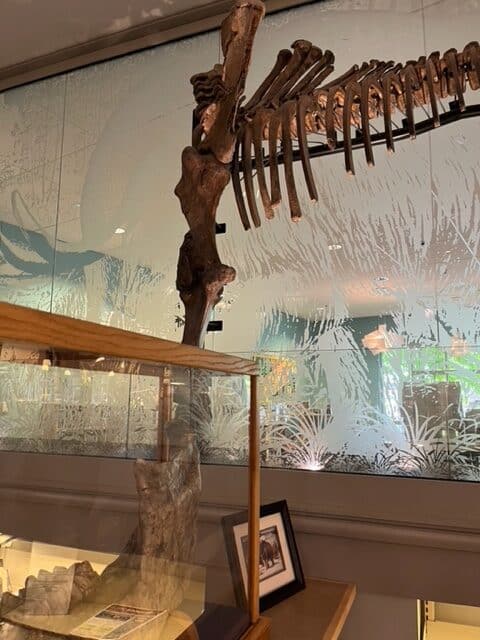
The Pacific Northwest was ground zero for an incredible, Ice Age catastrophe. More than 500 cubic miles of water tore through Montana, Idaho, Washington, and Oregon as it raced to the Pacific Ocean.
The Missoula Floods were torrents of biblical proportions that ripped through the Pacific Northwest multiple times. Each flood began when Glacial Lake Missoula could no longer be contained by the ice dam that had held it in place.

Here are three places where you can discover more about these astonishing Ice Age floods:
Trail Stop 1: Willamette Falls
Willamette Falls and its surrounding terrain are a great place to study the size and power of the Missoula Floods. Powerful currents not only created the falls but scoured the high bluffs on both sides of the Willamette River. Camassia Nature Preserve and Canemah Bluff Nature Park are two locations where you can explore this ancient landscape.
Trail Stop 2: Tualatin Ice Age Trail
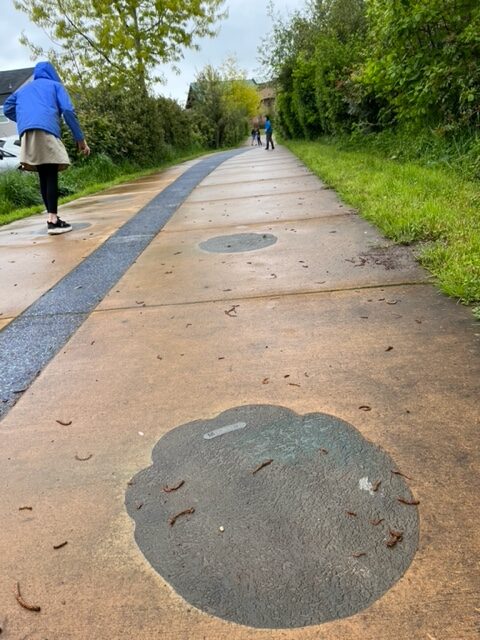
The City of Tualatin is built in an enormous channel that was carved out by the Missoula Floods. Today you can explore Tualatin’s prehistoric past on a free, kid-friendly walkway that begins at their library.
Our children loved Tualatin’s Ice Age Walk. They measured their feet against mammoth prints, walked a geologic timeline, and gaped at the reconstruction of a giant, prehistoric salmon.
@dinkumtribe Ice Age Floods National Geologic Trail has stops located all over the Northwestern US, with several sites in Oregon. #tualatinoregon #tualatin #iceagefloods #iceage #geology101 #nationaltrail #tualatinvalley #mastodontooth #mastodon #geologictime #amazinglibrary #libraryart #oregongeology #fossilsoftiktok ♬ Try Everything (From “Zootopia”) – Movie Sounds Unlimited
This educational walk features indoor and outdoor spaces where children can get active and touch fossils as they learn about prehistoric Oregon.
Trail Stop 3: Tualatin Heritage Center
Check out Tualatin’s traveling rocks. The center’s grounds feature erratic boulders that floated their way to Oregon on icebergs in the Missoula floods.
Oregon National Parks in the Mt. Hood & Gorge Region
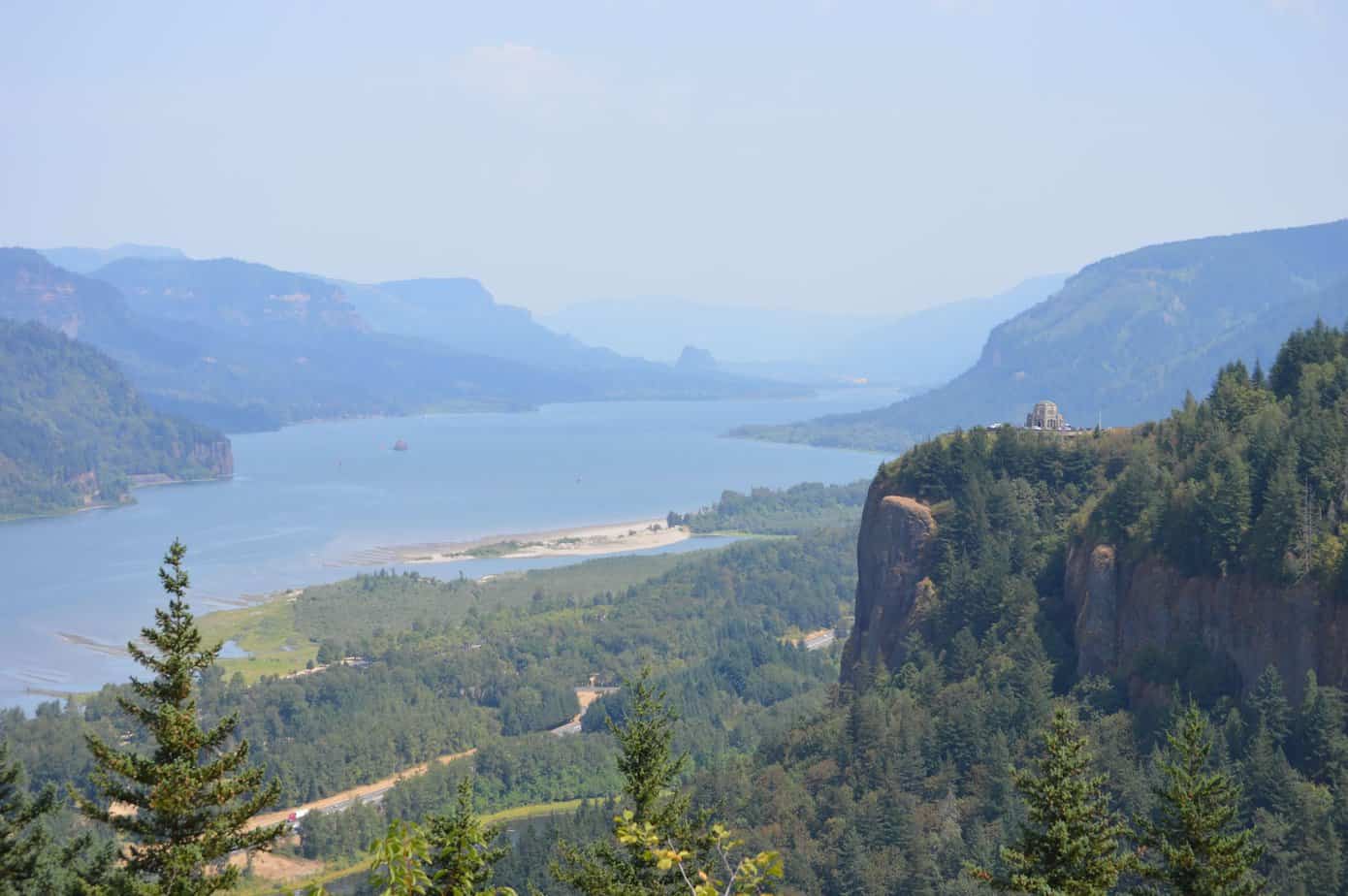
A world of natural wonder is only an hour away from the Portland Metro area. Majestic Mount Hood and the breathtaking Columbia River Gorge offer prime opportunities for outdoor adventure.
Mount Hood is Oregon’s tallest and best-known mountain. At only an hour from Portland, Hood is a natural destination for both winter and summer recreation.
@dinkumtribe My husband took the boys for a waterfall hike in the Columbia River Gorge. @dinkumtribe @dinkumtribe @dinkumtribe #chasingwaterfalls #columbiarivergorge #cabincreekfalls #starvationcreekoregon #oregonstateparks #easyhiking #hikingwithlittles #hikingwithkids ♬ I Think I Like When It Rains – WILLIS
The Columbia River Gorge is an incredible landscape, abounding with power, beauty, and lore. The Gorge stretches across much of Oregon’s northern border, linking Eastern Oregon to the Portland Metro Area.
The river and gorge have served as an age-old highway of cultures and ideas. Follow the mighty Columbia River and see the wild prairies of Eastern Oregon, the wooded waterfalls of the Cascades, and the imposing headlands of the Oregon Coast.
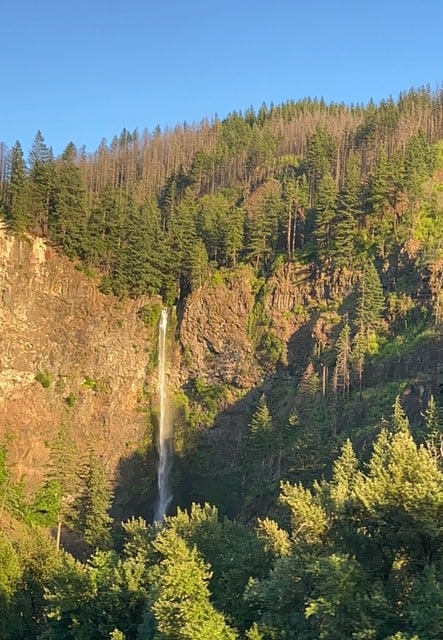
Interstate 84 traverses the Oregon side of the Columbia River Gorge. A Columbia Gorge day trip is a fantastic way to experience the natural glory of the Pacific Northwest. You can drive through Oregon’s iconic beauty while making your way to Portland, Washington State, or Idaho.
The Hood and Gorge region is rich in national trails, including the Pacific Crest National Scenic Trail, the Ice Age Floods National Geologic Trail, and the Oregon National Historic Trail. It’s also home to one of America’s best national forests.
#1. Pacific Crest National Scenic Trail, Hood & Gorge Region
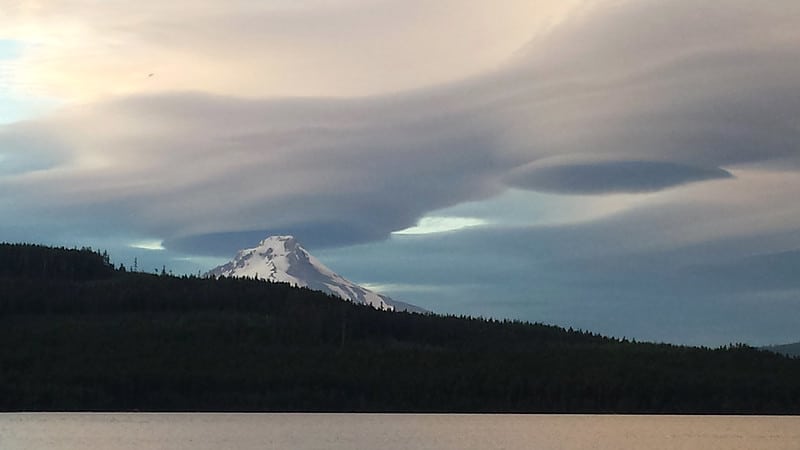
The Pacific Crest Trail journeys along the entire length of Oregon’s Cascade Mountains. PCT’s stretch along Mt Hood and the Gorge is one of the most accessible and rewarding parts of the trail.
This 55-mile segment (OR Section G) treks the forested landscape along Mt. Hood before descending into the Columbia River Gorge. Cross into Washington over The Bridge of the Gods, one of the tallest bridges in the United States.
#2. Mount Hood National Forest
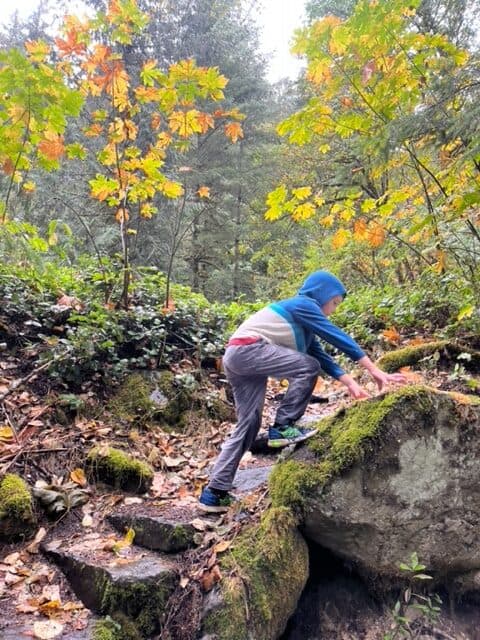
Mount Hood and its National Forest offer excellent access to the lush woodlands that have made Oregon famous. Beautiful waterfalls, peaceful lakes, and year-round glaciers beckon visitors year after year.
@dinkumtribe Sledding in the forest near Mt. Jefferson! @dinkumtribe @dinkumtribe @dinkumtribe #sledding #sleddingseason #sleddingfun #snowdayfun #oregonwinter #oregonsnow #adhdfamilytravel #familytravelcreator #oregonfamily #pnwfamily #pnwfamilies #oregonfamilies #familytravelvlog #familytravelblog #familytravelinfluencer #travelwithkids ♬ Sleigh Ride – Leroy Anderson
Mount Hood National Forest offers prime natural and recreational experiences with relatively little trouble. The National Forest’s campgrounds, trails, snow parks, and ski parks are around an hour to an hour and a half away from Portland and its suburbs.
#3. The Columbia River Gorge National Scenic Area
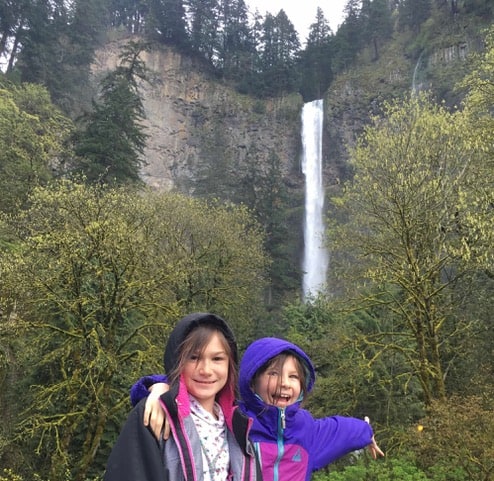
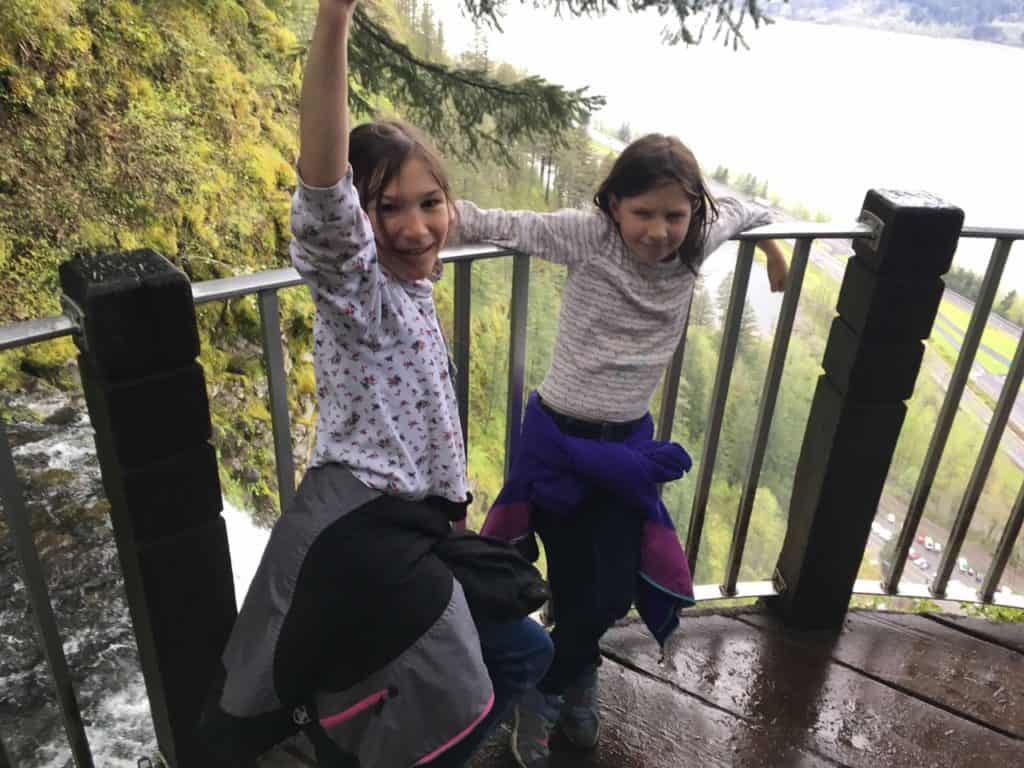

The Columbia River is one the mightiest rivers of the American West. The “great western river” is the historic source of Oregon’s name, and supports a variety of ecosystems, communities, and industries.
Bald eagles fish the river for their young, tug boats push barges to grain elevators located upriver, and enormous basalt rock formations tower far above the highway.

The Columbia River Gorge is most famous for its Waterfall Corridor. Eons and ecology combined to create the famed landscape of sky-high waterfalls, daunting cliffs, and temperate rainforests.
Multnomah Falls is the grandest of these cascades, plummeting a total of 620 feet amid forested splendor. Be sure to plan for your trip to Multnomah Falls, as this is the most-visited site in the Pacific Northwest.#4. Ice Age Floods National Geologic Trail, Hood & Gorge Region
Oregon experienced dozens of cataclysmic, Ice Age Floods. The mega-floods tore through the Pacific Northwest and dramatically changed the landscape. The Ice Age Floods National Geologic Trail follows the course of these “Missoula Floods” from their Montana origin to the Pacific Coast.
The Columbia Gorge offers the best stretch of the Ice Age Floods National Geological Trail. Here are three trail-stops that are well worth your time:
Trail Stop 1: Visit Crown Point
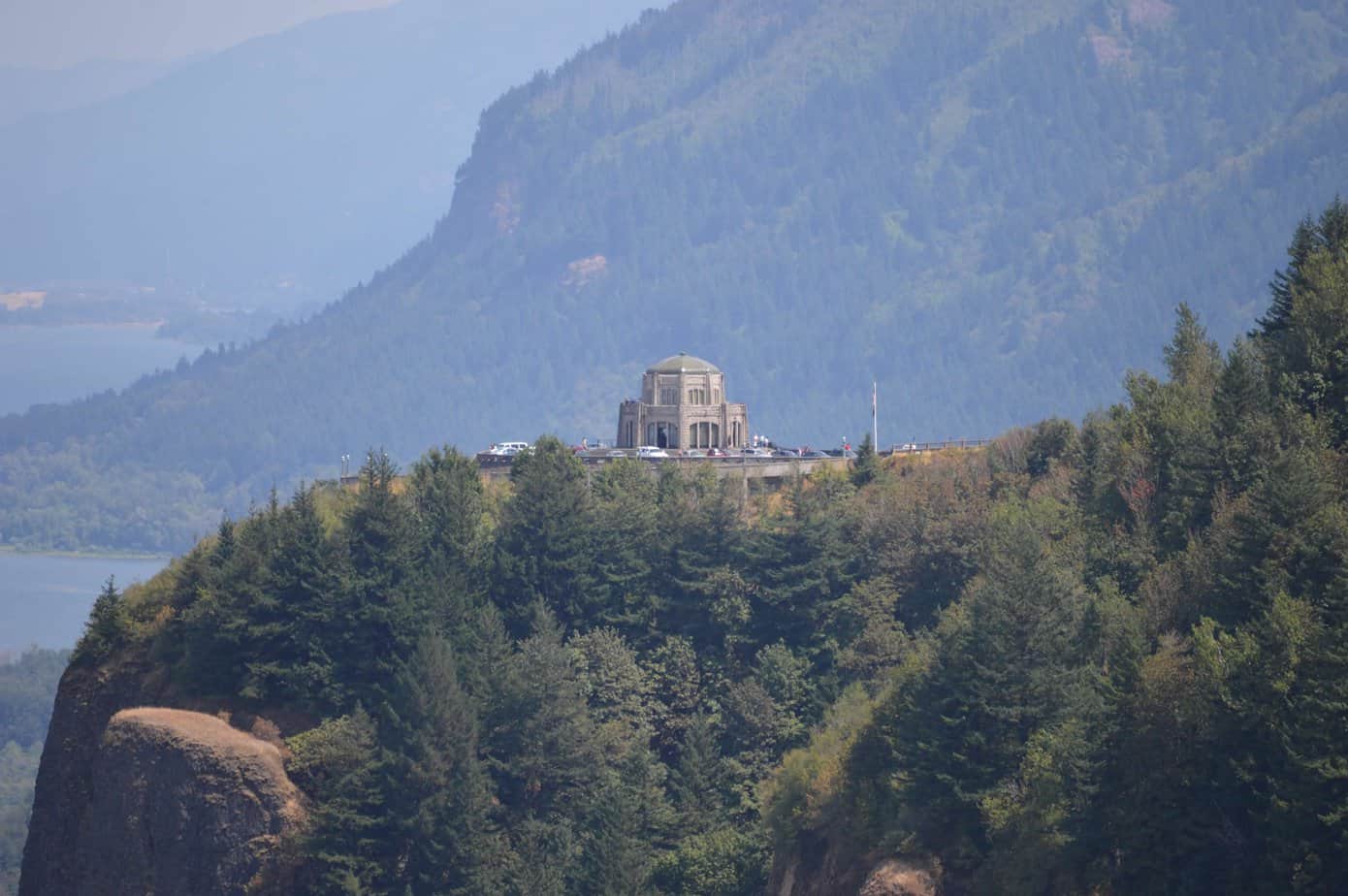
Crown Point is the Gorge’s most scenic viewpoint. This vista offers beautiful views of the Gorge and its surrounding region, while the historic Vista House showcases the region’s natural and human history.
I can’t think of a better Ice Age Flood stop than this place. Crown Point stands 733 feet above the Columbia, but 18,000 years ago highly-pressurized flood waters overwhelmed and surpassed Crown Point’s summit!
Trail Stop 2: Climb Beacon Rock
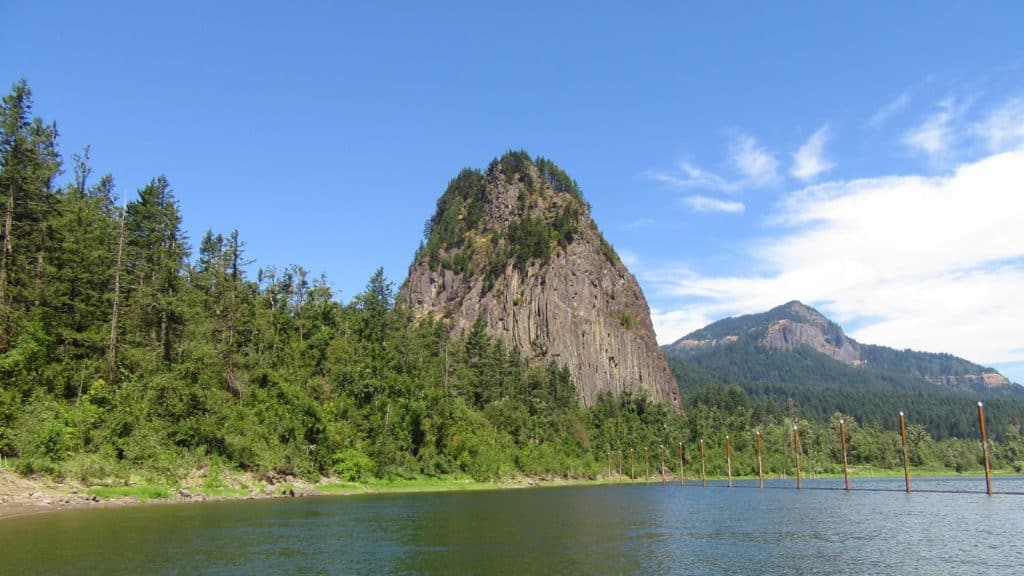
Beacon Rock is a great place to study the power of the Missoula Megafloods. This 848-foot-tall rock formation is all that remains of an extinct volcano. All of the volcano’s soil was washed away by the floods, leaving only the rocky core.
If you’re ready for a challenge, then hike the rigorous trail to the top. From Beacon Rocks’ high point, you can see how the Missoula Floods scoured away soil from the walls of the Columbia Gorge, exposing sheer basalt cliffs.
Trail Stop 3: Explore Columbia Gorge Discovery Center
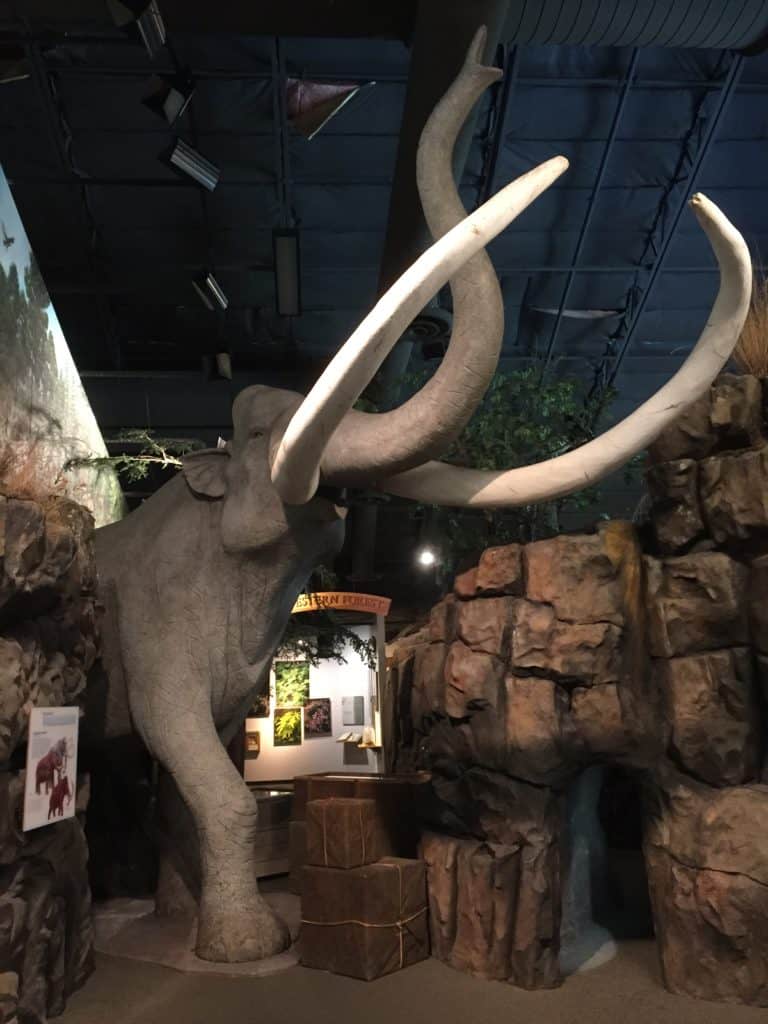
The Columbia Gorge Discovery Center is the best place to learn the natural and human history of this remarkable region. This interpretive center features an entire exhibit on the Ice Age and the catastrophic Missoula Megafloods.
#5. Oregon National Historic Trail, Hood & Gorge Region
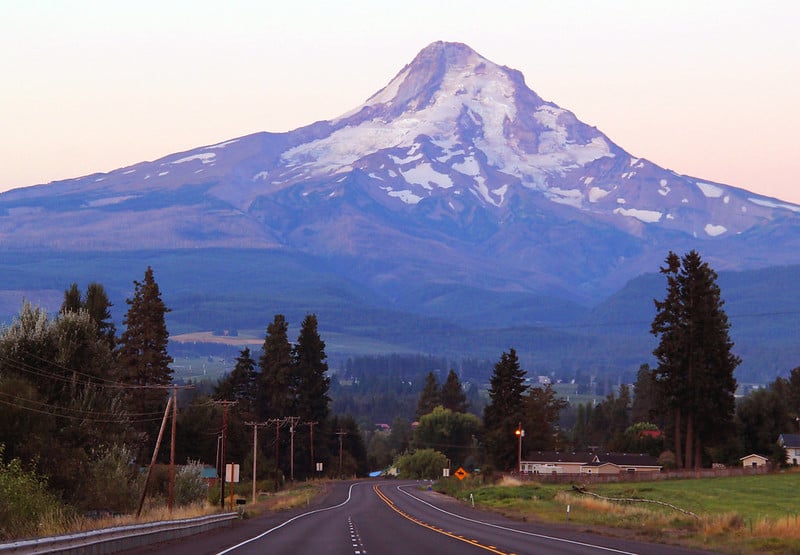
Oregon’s Hood and Gorge Region holds one of the best segments of the Oregon National Historic Trail. The Columbia River rapids and Cascades Mountains were the last major obstacles that stood between pioneers and Oregon’s rich farmland.
You can trace this dangerous journey using two different tour routes. Drive through the Gorge and consider what it was like to raft the rapids of the Columbia River, or follow the treacherous Barlow Road through the Cascades Range.
Here are three trail stops that you won’t want to miss:
Trail Stop 1: Explore the Dalles
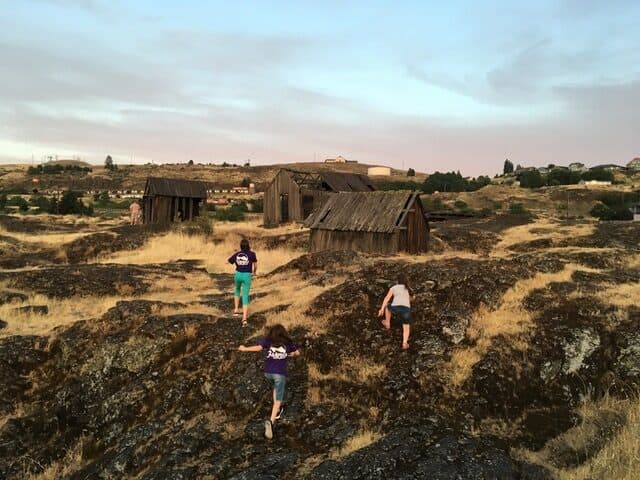
The Columbia River Gorge was too narrow and rugged for wagon travel. Emigrants found that they had to exchange their wagons for rafts and float their way down the Columbia.
This process made the Dalles a key junction on the Oregon Trail. The location was named by French trappers for its rocky slabs and narrow, shallow rapids. Now pioneers used those same landforms to prepare and launch their rafts into the Columbia.
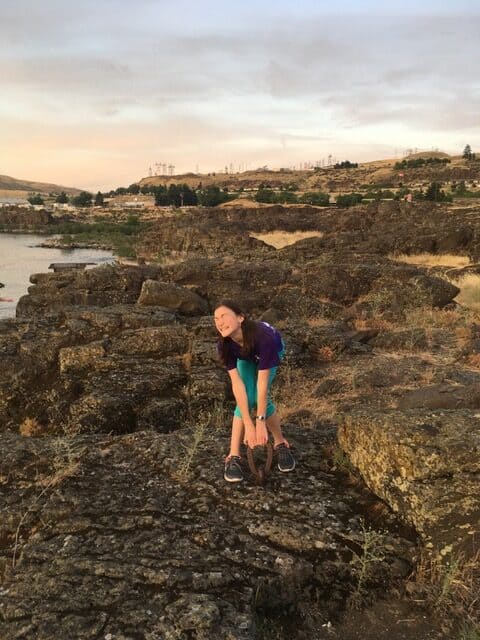
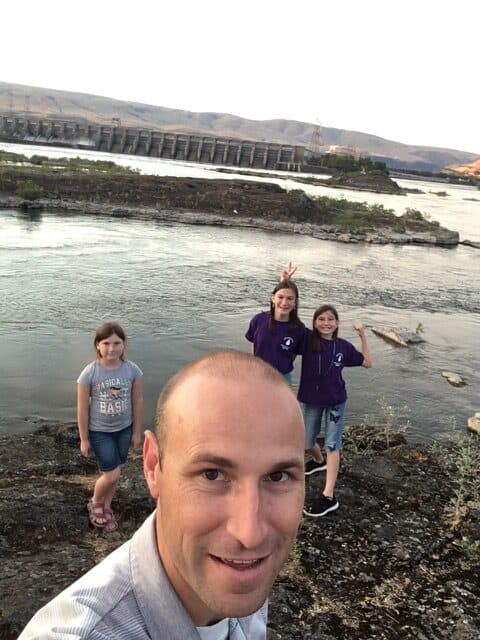
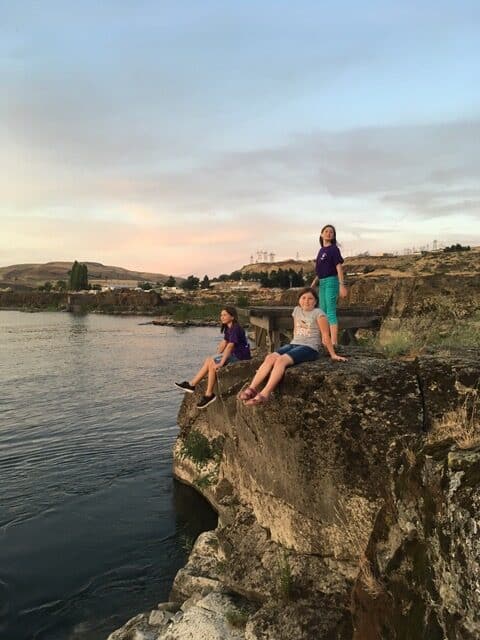
The Dalles and nearby Celilo Falls were a famous location long before the Oregon Trail arrived. Indigenous tribes from across the Pacific Northwest and North America traveled to the rich rapids to trade goods and ideas.
As the Oregon Trail developed, a city quickly built up around the Dalles. A Methodist Missionary post was established to convert the native tribes but found itself helping the waves of emigrants that were flocking to Oregon.
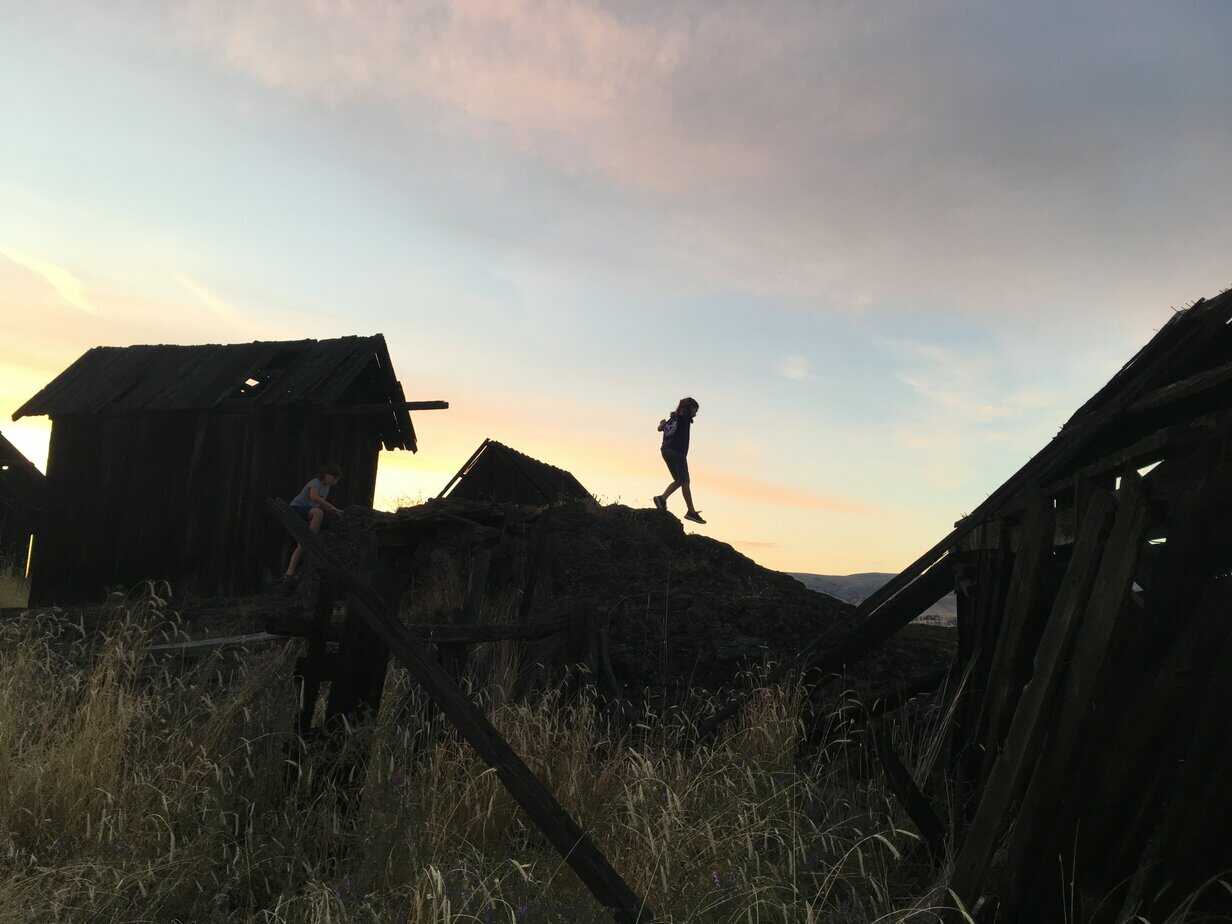
You can easily spend a day at the interpretive centers, historic sites, and attractions of the Dalles area. When you’re done just hop in the car and choose which trail route you’ll follow into Oregon Country. Will you raft the Columbia or trek Barlow’s infamous toll road?
Trail Stop 2: Follow the Barlow Road.

The Barlow Toll Road was built to offer emigrants a safer way to reach Oregon. Wagon trains could now trek through the Cascade Mountains instead of rafting the perilous Columbia River.
But the word “road” was a misrepresentation. The torturous route worked its way through incredibly difficult terrain.
@dinkumtribe Exploring parts of the Oregon Trail and Barlow Trail near Rhododendron, Oregon. #oregontrail #barlowtrail #oregonhistory #oregonhistorydiscovered #wagontrail #pioneerhillclimb #coveredwagonlife #oregontravel #adhdfamilytravel #familytravelcreator #familytraveltiktoker #oregonfamily #pnwfamily #pnwfamilies #oregonfamilies #familytravelvlog #familytravelblog #familytravelblogger #familytravelvlogger #familytravelinfluencer #travelwithkids @dinkumtribe @dinkumtribe @dinkumtribe ♬ Outdoors – Colin Tierney
At Laurel Hill, the “road” became so steep that emigrants had to take extreme measures to keep their wagons from hurtling down the slope. Angry travelers cursed Barlow for “charging tolls from the dead,” that is, unsuspecting folks who’d never survive his dangerous toll road.
Today you can follow the Barlow Road from its starting point in the Dalles to its ending point in Oregon City. Historic sites, emigrant graves, and pioneer homesteads can all be found along this controversial tollway.
Trail Stop 3: Discover Sandy
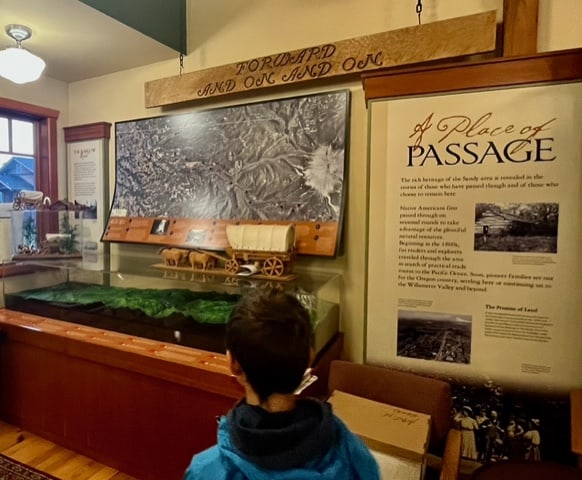
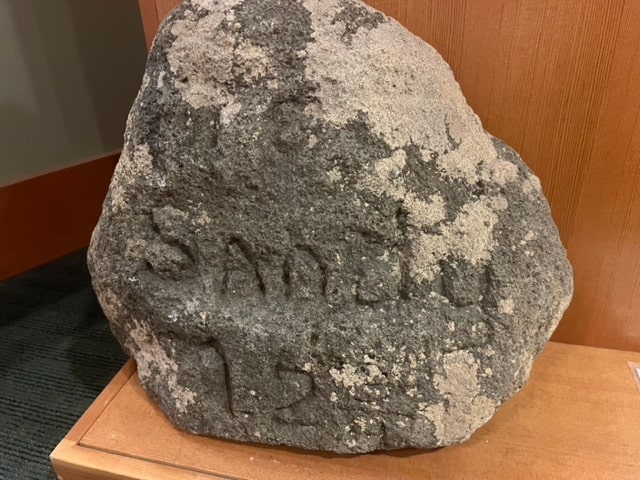
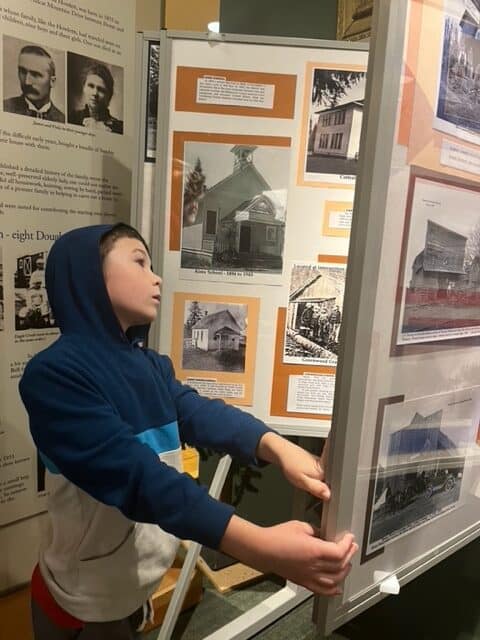
Sandy got its start as a stop along Barlow’s road. Today Sandy serves the gateway to Mt. Hood, but it hasn’t forgotten its historic roots.
In fact, Sandy boasts one of the best history museums in Oregon. Our family was amazed at the wealth of artifacts and stories to be found at the Sandy Historical Society.
@dinkumtribe A volunteer at the Sandy historical museum showed our boys how a self-playing piano works! #selfplayingpiano #selfplaying #antiquepiano #localhistorytour #localhistorynerd #historical_stories #historicalhouse #oregonhistory #barlowtrail #oregonexplored #traveloregon #homeschoolfamily #homeschoolkids #homeschooladhd @dinkumtribe @dinkumtribe @dinkumtribe ♬ original sound – DinkumTribe ADHD family travel
This place holds an impressive display on the Barlow Road, an original road marker, and many other Oregon Trail artifacts. Friendly docents shared pioneer stories from their own families and pointed us to more historic locations along the Barlow Road.
Oregon National Parks in the Willamette Valley Region
#1. California National Historic Trail, Willamette Region
What is the California Trail doing in Oregon? I’m glad you asked.
In 1846 a group of wagon trains chose to follow Jesse Applegate’s southern route to the Oregon. The Applegate Trail was advertised as a safer, easier alternative to the Oregon Trail.
@dinkumtribe This is a replica of an old covered wagon from the days of the Oregon Trail and Applegate Trail. @dinkumtribe @dinkumtribe @dinkumtribe #historictrailswest #coveredwagon #coveredwagons #applegatetrail #oregontrail #californiatrail #historictrailroad #howthewestbegan #pioneerhistory #youroregon #thatoregonlife #traveloregon #visitoregon #oregonisawesome #bestoforegon #oregonstateparks ♬ Epic Cinematic Dramatic Adventure Trailer – Romansenykmusic
In reality, the first Applegate pioneers experienced a terrifying trip and only averted total catastrophe because of the leadership of Levi Scott.
Applegate’s Trail never lived up to its claim as a better overland trail to Oregon. But as time passed, the last part of the road became a reliable way to travel between Oregon and California. Much of Oregon was settled by pioneers who never saw the Oregon Trail but had simply moved north from California.
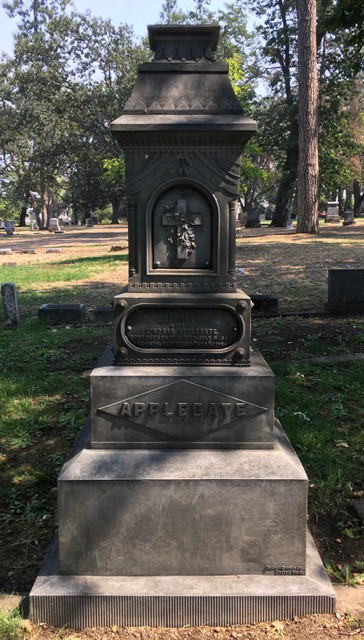
Here are three ways to enjoy the Applegate Trail in the Willamette Valley:
Trail Stop 1: Visit Skinner’s Cabin & Old Town Eugene
The City of Eugene was founded by Eugene Skinner, one of the first Applegate pioneers. A replica of Skinner’s cabin stands near Skinner Butte, only 1,000 yards from where Eugene first began.
Much of Eugene’s Old Town charm can still be found in the streets and neighborhoods that surround Skinner Butte. Nearby historic sights include the Shelton Murphy Johnson Mansion, Mim’s Historic House, and the Applegate Museum in nearby Veneta.
Trail Stop 2: Explore the Fiechter Homestead
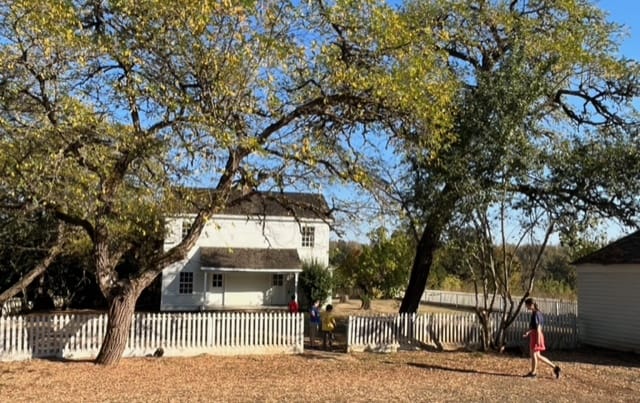
John Fiechter was a German immigrant and a member of the first Applegate wagon train. By 1855 Fiechter was a US citizen with a family and lovely homestead a few miles south of present-day Corvallis.
The Fiechter Homestead stands out because of its fantastic location. The historic home is surrounded by the forests and fields that make up William L. Finley National Wildlife Refuge.
@dinkumtribe The Fiechter house at the wildlife refuge was built by a family that arrived via the Applegate trail in the first set of wagon trains. @dinkumtribe @dinkumtribe @dinkumtribe #adhdfamilytravel #familytravelcreator #oregonfamily #pnwfamily #pnwfamilies #oregonfamilies #familytravelvlog #familytravelblog #familytravelinfluencer #travelwithkids #applegatetrail #oregontrailwagon #oregontrail #youroregon #thatoregonlife #traveloregon #visitoregon #oregonisawesome #bestoforegon #oregonhistory ♬ Funk Mozart – MC Nau
The natural, quiet surroundings give a clearer sense of what life was like along the Applegate Trail. You almost expect to come across a pioneer going about their chores.
Trail Stop 3: Discover a Pioneer Graveyard
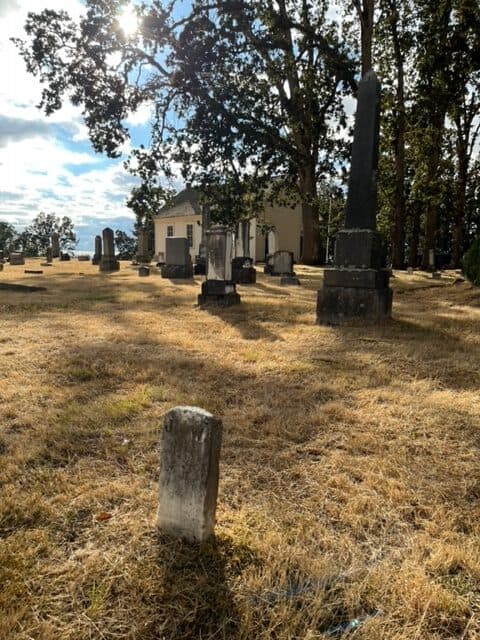

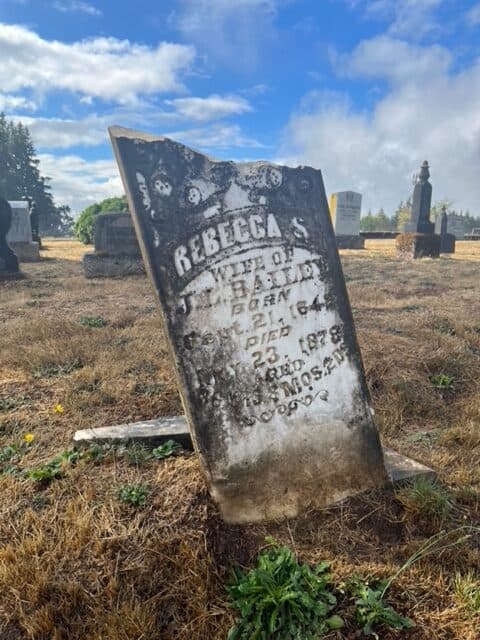

Pioneer Graveyards offer one of the best ways to explore Oregon’s Applegate Trail. The Willamette Valley holds dozens of little-known historic towns with traditional emigrant cemeteries.
To walk through these cemeteries is to enter another world. You can’t help but be struck by the how short life was one hundred and fifty years ago.
Our son was moved when he found the grave of a young infant, “aged 14 days”. You also come across stranger’s graves marked by only a single, uncarved stone.
#2. Ice Age Floods National Geologic Trail, Willamette Region
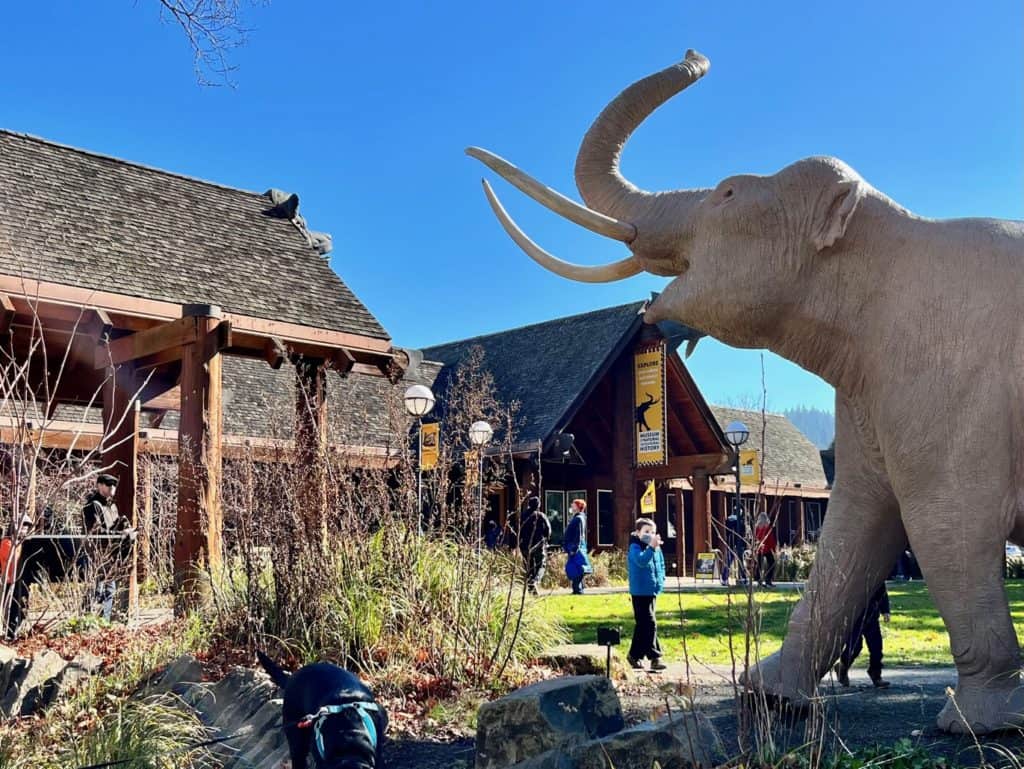
The fertility and beauty of the Willamette Valley is well known. But few people have heard of the epic disaster that created this landscape.
18,000 years ago catastrophic floods ripped through the Pacific Northwest, dramatically reshaping the terrain of Montana, Idaho, Washington, and Oregon.
These powerful torrents stripped away fertile soil from swaths of Eastern Washington, Eastern Oregon, and the Columbia Gorge. The waters then overwhelmed the Willamette Valley, transforming it into Glacial Lake Allison.
@dinkumtribe Museum of Natural and Cultural History in Eugene #oregon at the #uoforegon . #familytravelblogger #dinkumtribe_eugene #fossil #travelwithkids ♬ Jungle Vibes – 윤새 (Yunsae)
The quieting waters allowed rich Palouse silt to settle into the lake bottom below. Researchers estimate that as many as 40 Ice Age Megafloods scoured rich soil from Eastern Washington and deposited it into the Willamette Valley.
Looking for proof? Check out these three Ice Age Floods Trail Stops:
Trail Stop 1: Erratic Rock State Natural Area
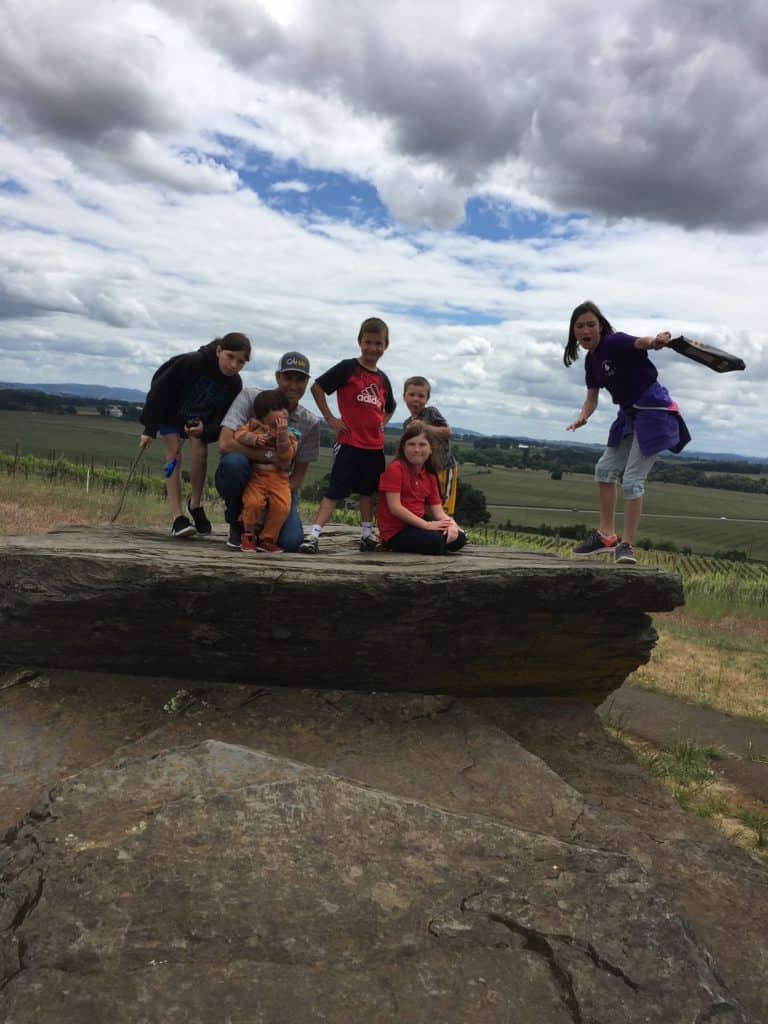
Free-range rocks offer compelling evidence for Oregon’s Ice Age Floods. Known as erratics, these boulders were discovered hundreds of miles from where they were first formed.
Oregon’s Willamette Valley is peppered with erratics, but the largest can be found at Erratic Rock State Natural Area. Our children enjoyed climbing this boulder and learning about the wild ride that brought it from the Rockies to Oregon.
You’ll need to plan your trip to Erratic Rock SNA carefully. The park is a little difficult to find, and there are no facilities at the park.
Trail Stop 2: Museum of Natural and Cultural History
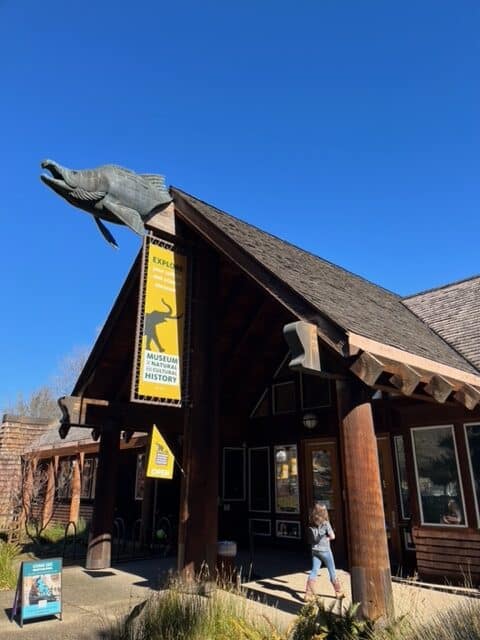
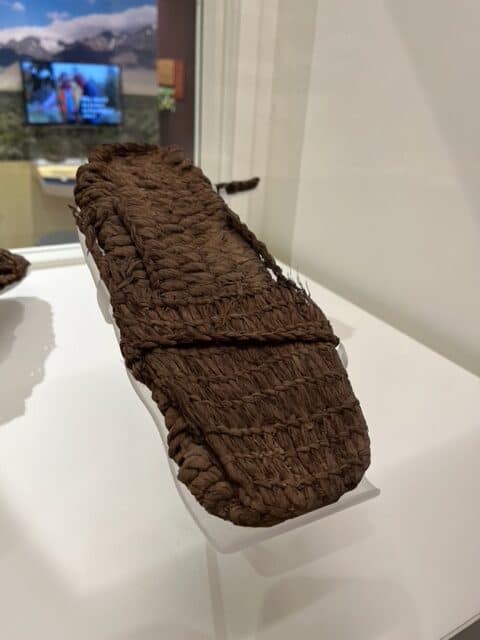
If you can only make one trail stop, then this is the one to choose! U of O’s Museum of Natural and Cultural History is a power-packed interpretive center with tons of information on Oregon’s prehistoric past.
Our kids were quickly caught up in the museums’ interactive displays. Permanent exhibits include human artifacts and fossils from Oregon’s Ice Age.
Trail Stop 3: Willamette Floodplain National Natural Landmark
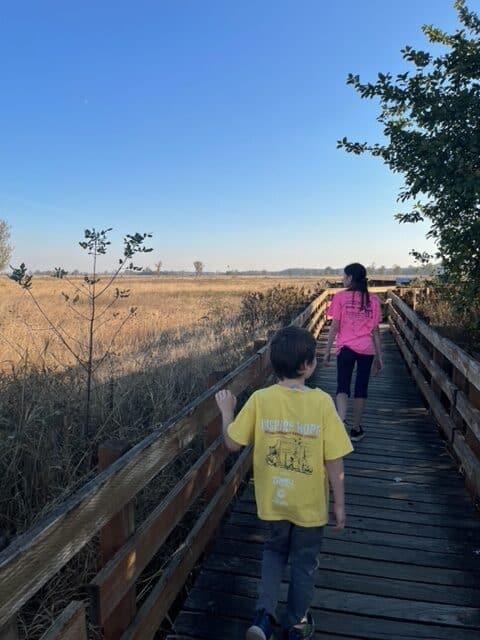
William L. Finley National Wildlife Refuge holds my favorite trail stop. Willamette Floodplain National Natural Landmark is one of the few unplowed lowlands of the Willamette Valley.
The site gives a remarkable glimpse into what the Willamette Valley was like before the arrival of European settlers. As I journeyed down into the plain I was immediately struck by the change of plant life.
@dinkumtribe The Refuge includes Floodplain National Natural Landmark, an important site on the Ice Age Flood National Geologic Trail. @dinkumtribe @dinkumtribe @dinkumtribe The Natural Landmark is one of few unplowed lowlands of the Willamette Valley. The site gives remarkable glimpse into what the Willamette Valley was like before the arrival of European settlers. #oregonhistorydiscovered #oregonhistory #iceagegeology #iceagetrail #npsoftiktok #wildliferefuge #oregonnationalparks #adhdfamilytravel #familytravelcreator #familytraveltiktoker #oregonfamily #pnwfamily #pnwfamilies #oregonfamilies #familytravelvlog #familytravelblog #familytravelblogger #familytravelvlogger #familytravelinfluencer #travelwithkids ♬ Fall October Halloween horror classic(177261) – rareNote
We naturally become accustomed to the plants and animals that surround us. This natural landmark challenges you to imagine Oregon as it was long before people arrived.
#3. William L. Finley National Wildlife Refuge
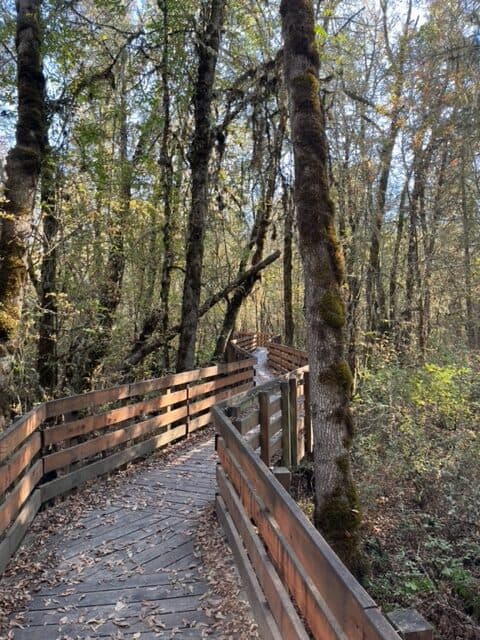
The Portland and Willamette regions have five wildlife refuges, but William L. Finley surpasses all of them. This impressive wildlife park preserves a range of different ecosystems and is connected to two National Trails.
Better yet, William L. Finley NWR lies in one of the quietest parts of the Willamette Valley. Its distance from the I-5 and urban areas allows for a truly peaceful day in the woods.
@dinkumtribe This wildlife refuge had a lot going for it, but the beautiful drive was one of my favorites! @dinkumtribe @dinkumtribe @dinkumtribe #wildliferefuge #nationalparkservice #nationalparksusa #beautifuldrive #beautifuldrives #scenicdrive #scenicdrives #adhdfamilytravel #familytravelcreator #familytraveltiktoker #oregonfamily #pnwfamily #pnwfamilies #oregonfamilies #familytravelvlog #familytravelblog #familytravelblogger #familytravelvlogger #familytravelinfluencer #travelwithkids ♬ Here Comes the Sun – Acoustic Guitar Revival
Enjoy native wildflowers in the spring, spot migratory swan, or watch Roosevelt elk in the winter. The Refuge’s two units enclose nearly 6,000 acres, boast eighteen hiking trails, and provide opportunities for birding, hunting, fishing, and wildlife watching.
Oregon National Parks in the Oregon Coast Region
Oregon boasts the most beautiful and foreboding coastlines in North America. Little wonder then, that this same coastline features some of the best Oregon National Parks and public land sites. Here are our top four picks:
#1. Lewis & Clark National Historical Park & Trail
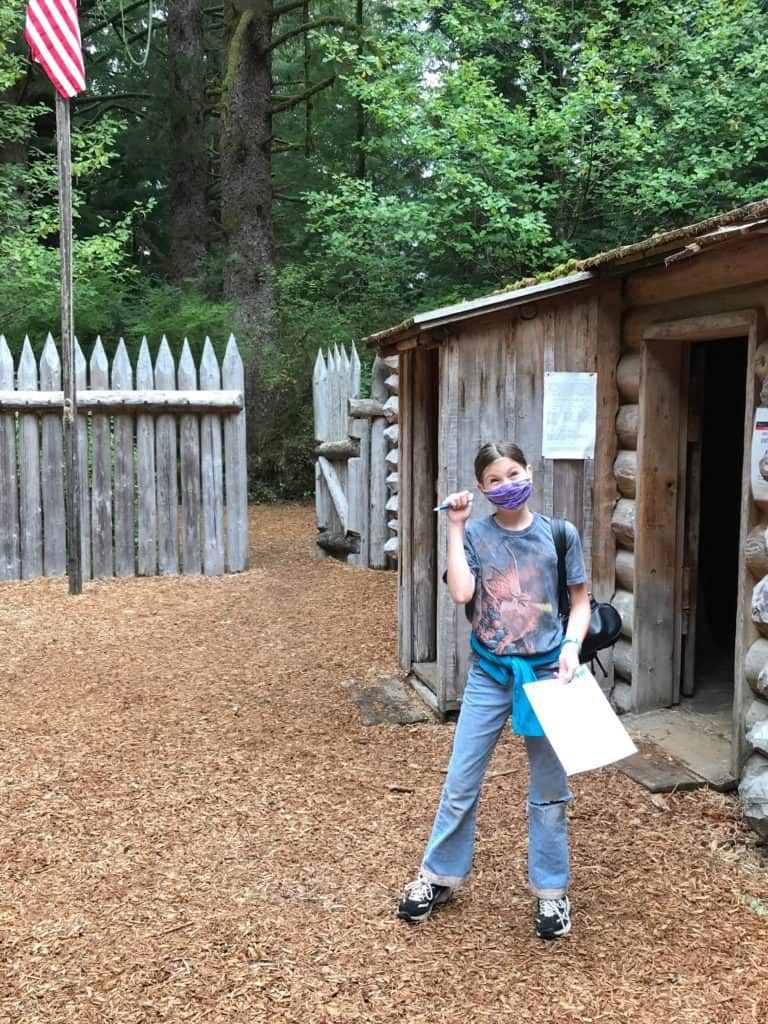
The Lewis & Clark National Historic Trail follows the famous explorers and their Corp of Discovery. Coastal Oregon is arguably the best part of the Lewis and Clark National Historical Trail.
The Lewis & Clark expedition spent more time in the Pacific Northwest than in any other area. It was here that the explorers accomplished their goal of charting a route to the Pacific Ocean. So there’s no contest between Oregon and any other state when it comes to Lewis & Clark.
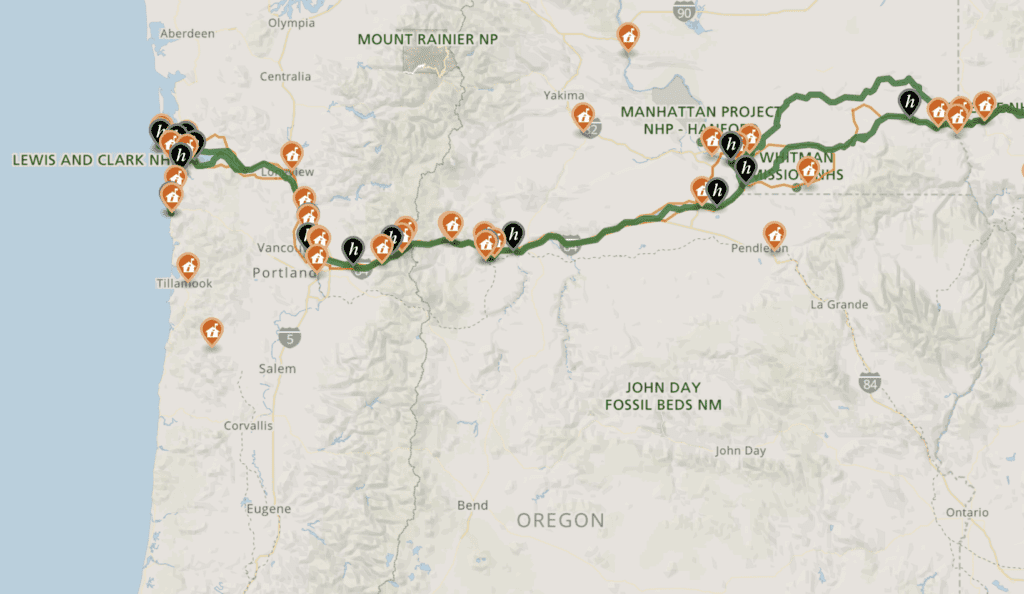
The Oregon Coast holds no less than ten Lewis & Clark National Trail stops. Lewis and Clark National Historical Park is the best of all of these stops. The park includes an interpretive center, a reconstruction of Fort Clatsop, and a trail leading from the Fort to the Pacific Coast. Be advised that this park does require an entrance fee.
@dinkumtribe Fort Clatsop is one of our favorite places to visit on the Lewis and Clark Trail of National Historic sites. The walk from the reconstructed fort to the canoe landing on the Netul River is beautiful and showcases several different biomes along the way. #lewisandclark #traveltok #nationalhistoricsite #npsoftiktok #nationalparksusa #nationalparkservice #traveloregon #hikingwithkids @DinkumTribe ADHD family travel @DinkumTribe ADHD family travel @DinkumTribe ADHD family travel ♬ Acoustic Folk Instrumental – Yunusta
Middle Village is one of several indigenous archeological sites featured on the Lewis and Clark National Historical Trail.
You can add even more wonder to your journey by visiting Ecola State Park. Ecola is a treasure of the State Parks system, yielding peerless views of the Oregon Coastline.
#2. Oregon Dunes National Recreation Area
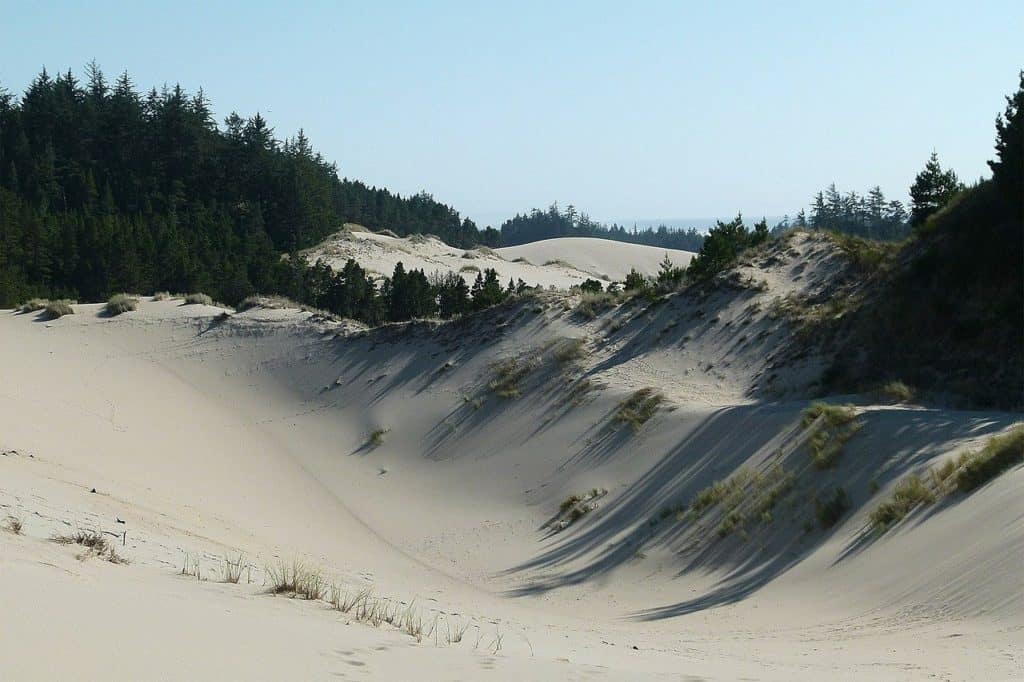
The Central Oregon Coast boasts one of the largest regions of temperate coastal sand dunes in the world. The wide expanse of of open dunes, tree islands, wetlands, and beaches creates a strange landscape with unique ecosystems.
Oregon Dunes National Recreation Area stewards this natural wonder. The 31,500 acre park oversees a stretch of coastline that runs from Florence down to Coos Bay. Oregon Dunes NRA famous for its OHV (off highway vehicle) areas where you can cruise the dunes in a dune buggie or go sand boarding. You can also ditch the wheels to hike the parks natural areas to experience one of the strangest landscapes on earth.
#3. Cape Meares National Wildlife Refuge
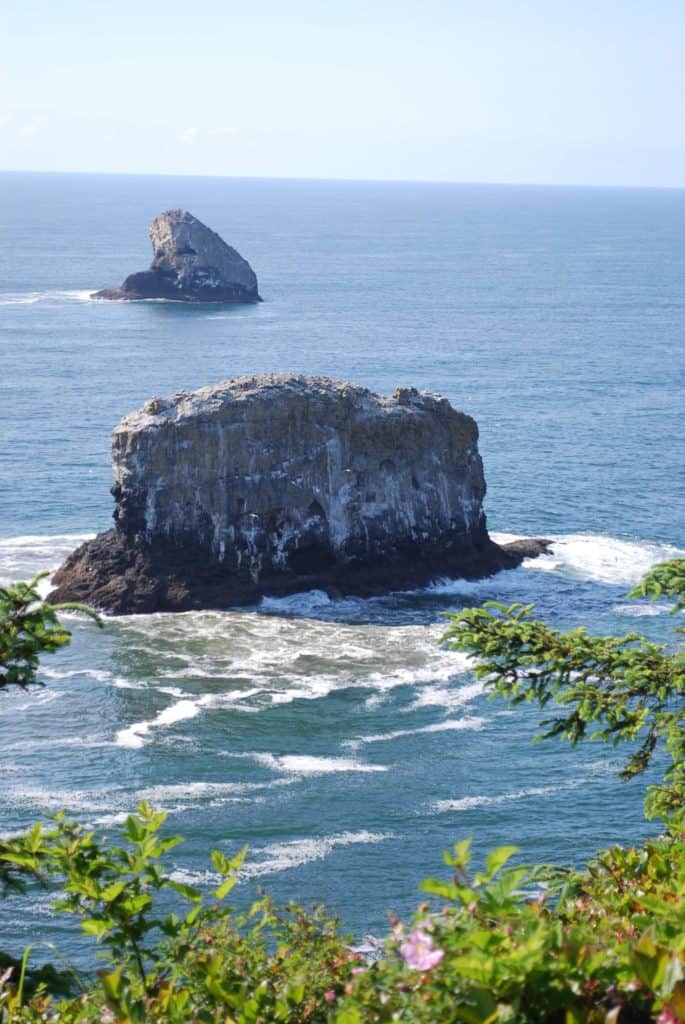
The Oregon Coast holds six national wildlife refuges. Cape Meares is the one refuge that offers the most value and convenience.
Cape Meares State Scenic Viewpoint allows you to take in the beauty and lore of the Oregon Coast. Overlooks afford great views of secluded ocean coves where Murres, puffins, and other seabirds nest on the cliffs while harbor seals move about in the waters below.
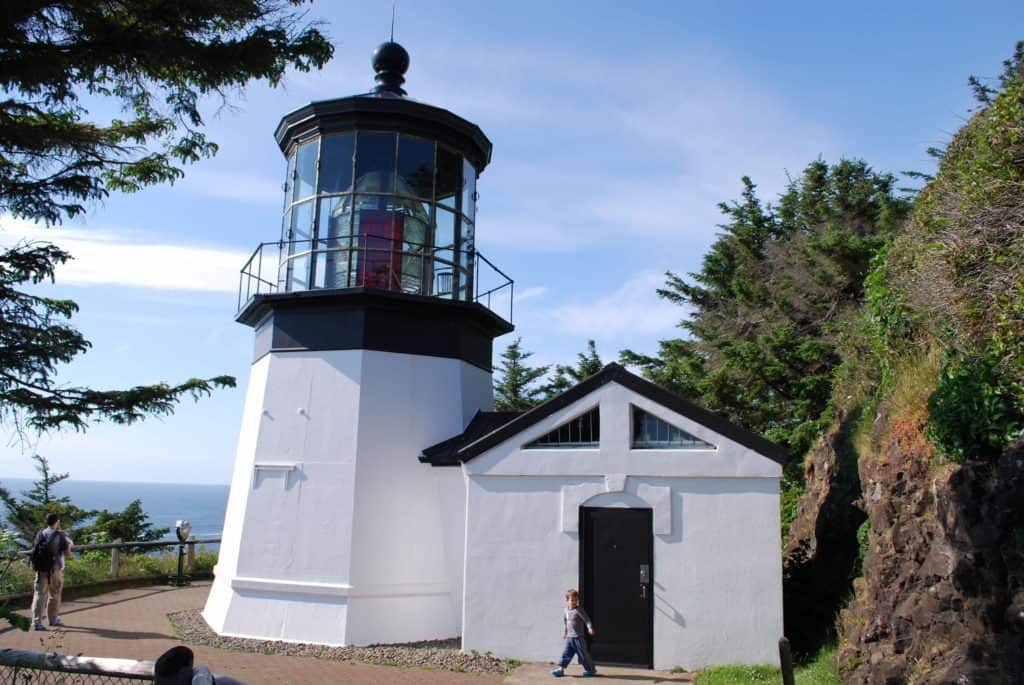
Cape Meares Lighthouse stands sentry at the viewpoint, a beautiful reminder of Oregon’s rich maritime history. Hiking trails guide you through the Refuge’s old-growth forest and bizarre Octopus Tree. Wrap up your visit with a trip to Tillamook for a full day of fun!
#4. Rogue River – Siskiyou National Forests
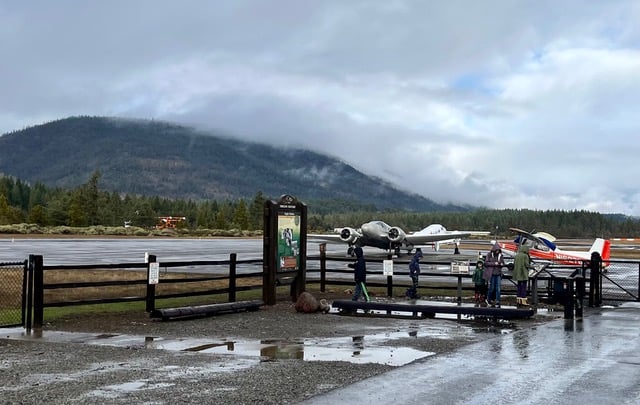
Adventure beckons you to explore the emptiest corner of the Oregon Coast. The Rogue River – Siskiyou National Forests stretch across the wild, mountainous terrain of Southwest Oregon.
This remote area is rich in natural beauty, scenic rivers, and wildlife. These coastal forests are located within driving distance of Oregon’s famed southern coastline, the California Redwoods, and Oregon Caves National Monument.
@dinkumtribe Smokejumpers parachute into a forest fire to fight it at its source. They were even involved in defending Oregon from the balloon bombs during World War 2! @dinkumtribe @dinkumtribe @dinkumtribe #oregonhistory #oregonhistorydiscovered #worldwar2 #parachutejump #smokejumper #smokejumpersforever #ww2history #oregonfamily #adhdfamilytravel #pnwfamily #homeschoolfamily #homeschoolfieldtrip ♬ Mission Impossible (Main Theme) – Favorite Movie Songs
Be sure to check out Quail Prairie lookout, a sky-high observation deck that towers over the Kalmiopsis Wilderness.
Oregon National Parks in the Central Oregon Region
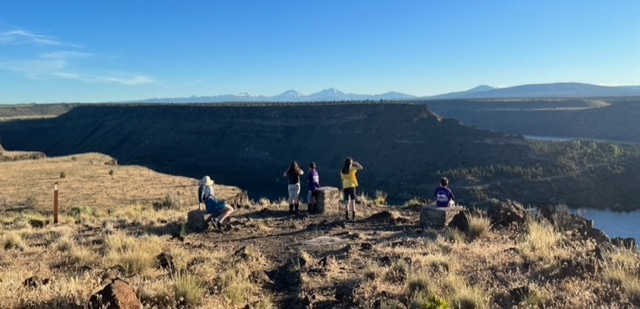
Central Oregon is one of Oregon’s top travel destinations. The high desert features superb Oregon State Parks such as Smith Rock and Cove Palisades State Parks.
It’s also located next to one of the best parts of the Oregon Cascades. Majestic peaks make for year-round recreation in one of the most beautiful parts of the Pacific Northwest. The cities of Bend and Redmond add comfort, cuisine, and culture to Central Oregon’s exceptional qualities. Here are three Oregon national parks and public lands sites located in the Central Oregon area:
#1. Newberry National Volcanic Monument
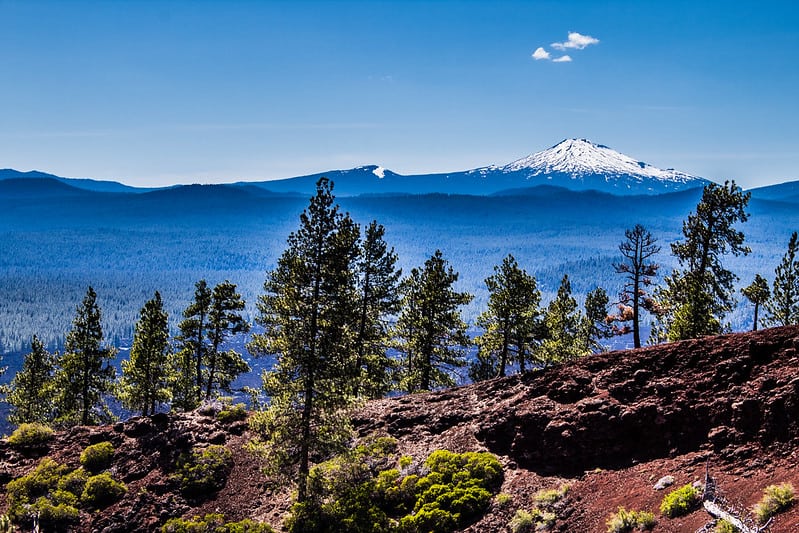
Visit the largest volcano in the Cascade range at Newberry National Volcanic Monument. The massive volcanic complex is nearly the size of Rhode Island and features a range of geologic features.
You can hike cinder cones, trek a mile-long lava cave, or explore an obsidian lava flow. At over 54,000 acres, Newberry National Volcanic Monument is a destination all of its own.
#2. Deschutes National Forest
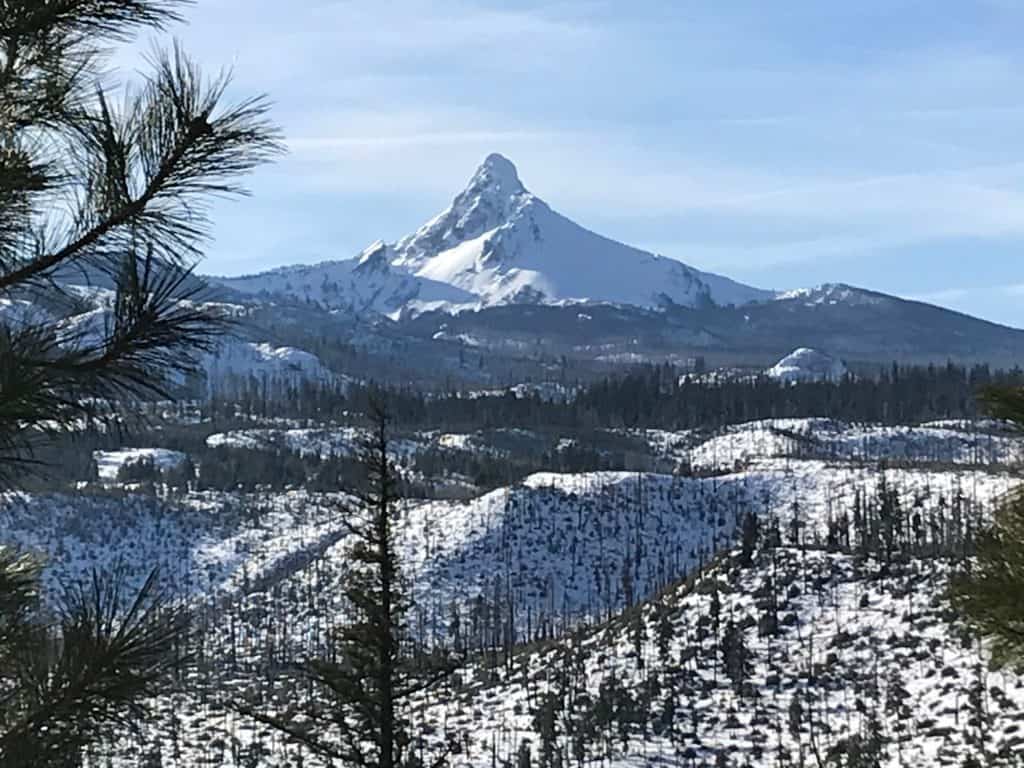
Deschutes National Forest is synonymous with wilderness and recreation. This national forest not only includes the Newberry National Volcanic Monument but also features eight wilderness areas.
Trails and facilities provide access to some of the best peaks of the High Cascades including the Three Sisters, Mt. Washington, and Mt. Jefferson.
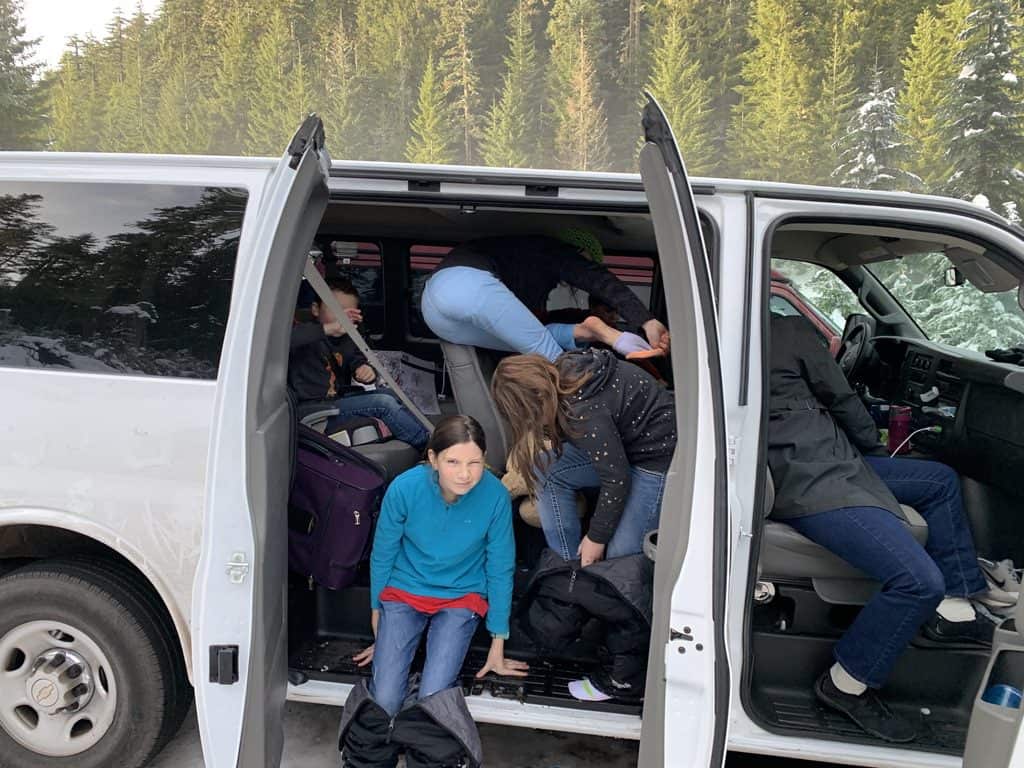
Three Scenic Byways traverse the Deschutes National Forest, allowing scenic drives through Oregon’s Cascade Range and high desert.
#3. Crooked River National Grassland
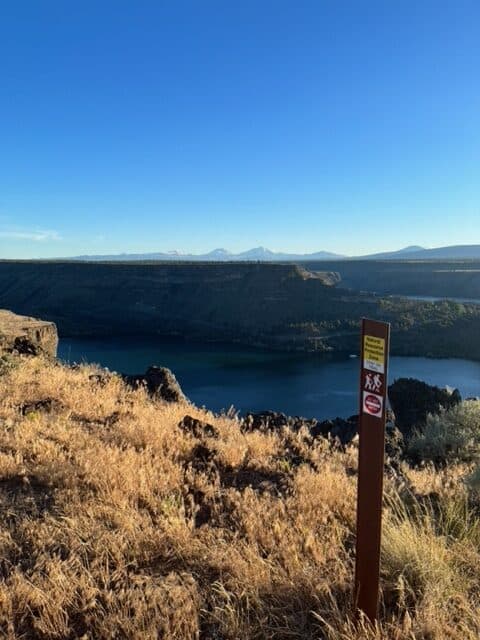
Crooked River National Grassland is Oregon’s most-loved and least-known public land site. Most people visit this epic region to explore Smith Rock State Park or the Crooked River Gorge. They don’t realize that they are enjoying a 173,629-acre federally protected prairie.
The wild and rugged grasslands of Central Oregon have drawn outdoors enthusiasts for decades. Rock Climbers flock to Smith Rock State Park to climb its towering spires, and people kayak the waters of Lake Billy Chinook in Cove Palisades State Park.
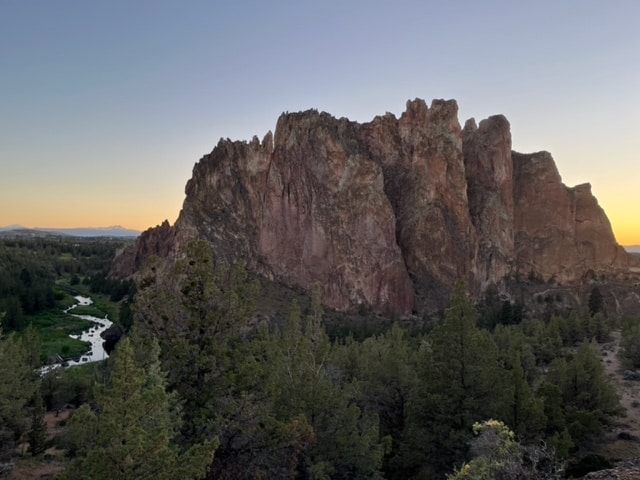
The Peter Skene Ogden Wayside features a jaw-dropping view of the Crooked River Gorge. You can also admire three of the highest bridges in the United States at this one location.
Oregon National Parks in the Eastern Oregon Region
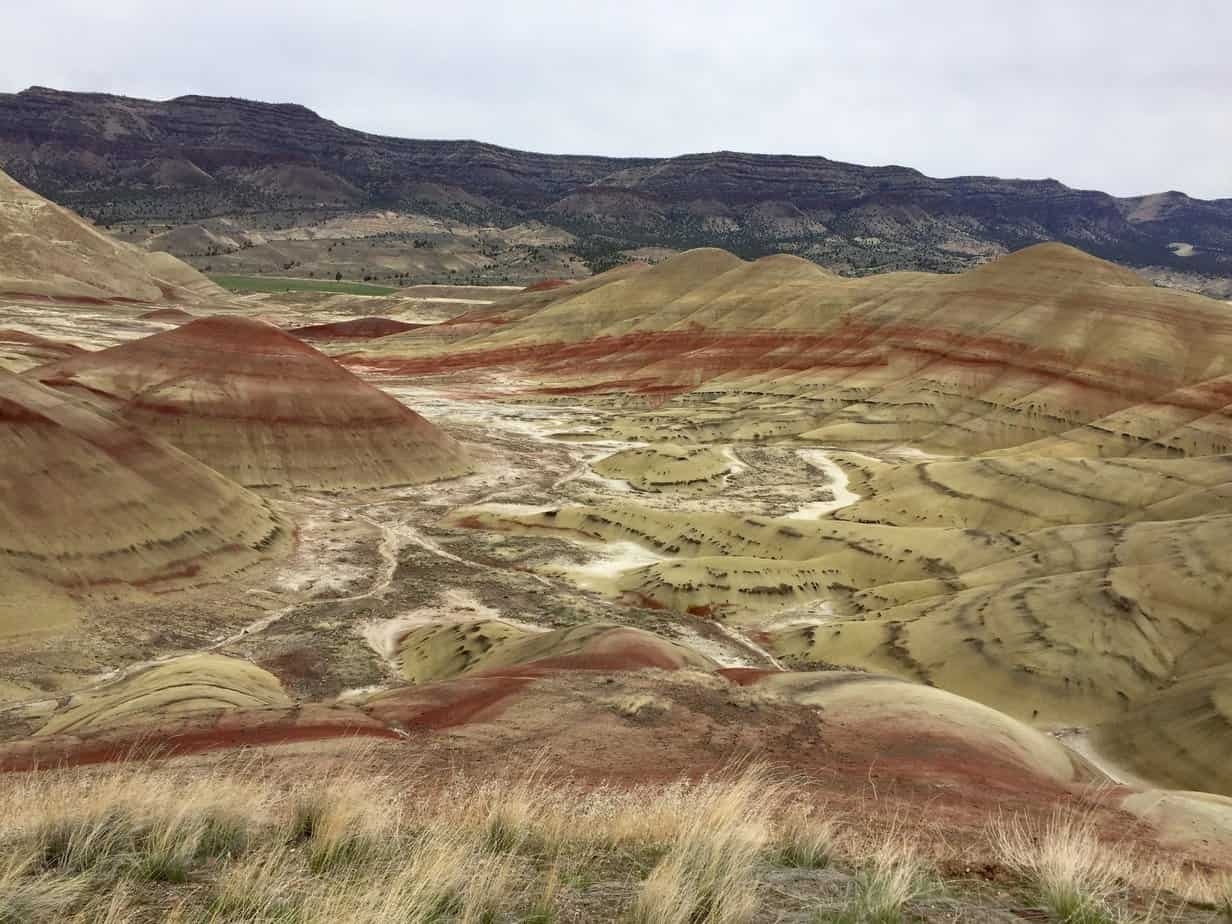
Several of Oregon’s brightest gems are found in its Eastern region. East Oregon’s empty prairies and beautiful mountains offer wonderful experiences without the crowds and costs found in Portland or the Oregon Coast. Here are five great NPS stops found in Eastern Oregon:
#1. John Day Fossil Beds National Monument
The John Day Fossil Beds National Monument is one of Oregon’s best National Park sites. The three-unit park features a remarkable group of Eastern Oregon landscapes, including Oregon’s legendary Painted Hills.
@dinkumtribe 360-degree view from the top of Carroll Rim at the Painted Hills, Oregon. #paintedhillsoregon #visitoregon #oregonexplored #pnwonderland ♬ Paper Birds (3 min) – Jordan Halpern Schwartz
Visit the Sheep Rock Unit to visit the Thomas Condon Museum of Paleontology, an amazing visitor center and collection of ancient fossils. The John Day Fossil Beds are spread across one of the most scenic and remote parts of Oregon, making it a great place for adventuring families.
#2. Nez Pierce National Historical Park & Trail
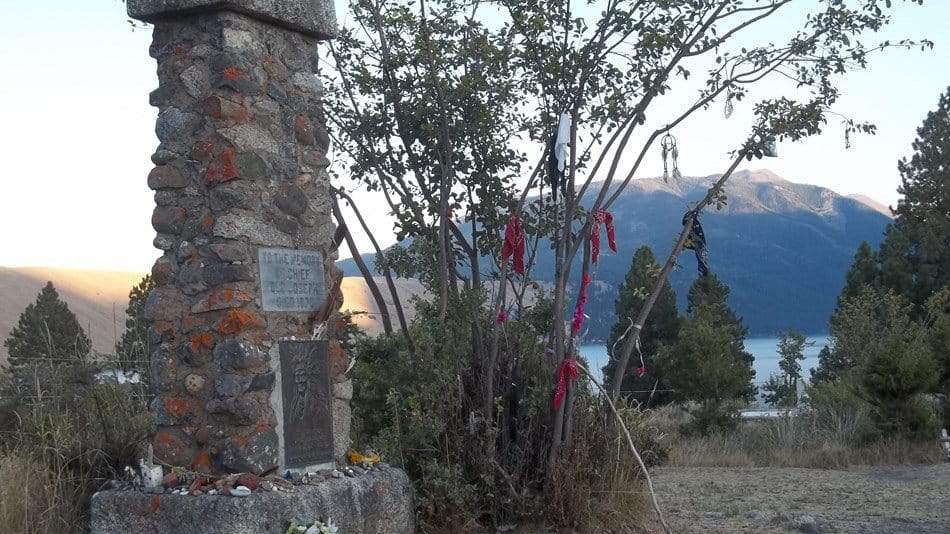
Eastern Oregon is the starting point for one of the most unique parks in the National Park system. Nez Perce National Historical Park is composed of 38 sites spread across Oregon, Washington, Idaho, and Montana.
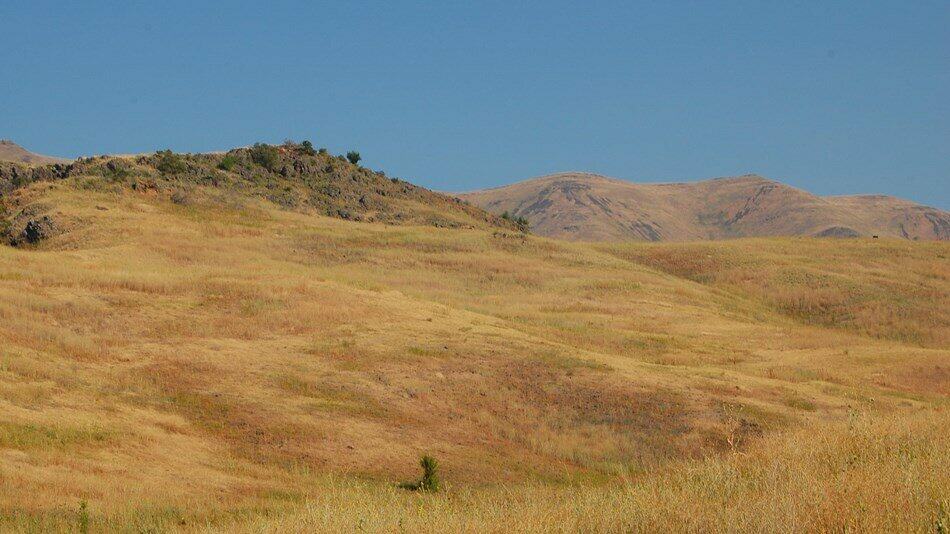
The collection of locations tells the story of the Nimiipuu, commonly known as the Nez Perce. Historic sites range from ancient, sacred spaces to battlefields where the Nez Perce faced off against the United State’s military. Four Nez Perce NHP sites are located in Eastern Oregon.
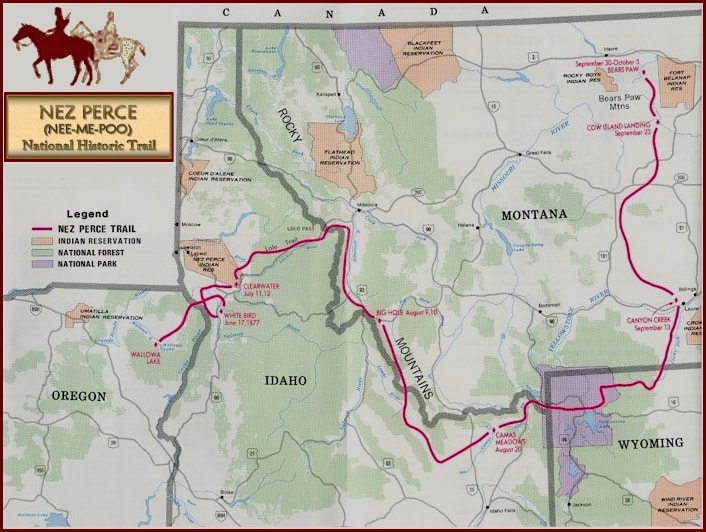
The Nez Perce National Historic Trail begins in Eastern Oregon and follows the tribe’s epic flight toward the Canadian Border.
The 1,500 mile trail runs from Oregon’s Wallowa Valley, through the Rockies, Yellowstone National Park, and the High Prairies of Montana. Eastern Oregon offers a unique opportunity to learn this remarkable story in the beautiful homeland of the Nimiipuu people.
#3. Oregon National Historic Trail, Eastern Oregon Region
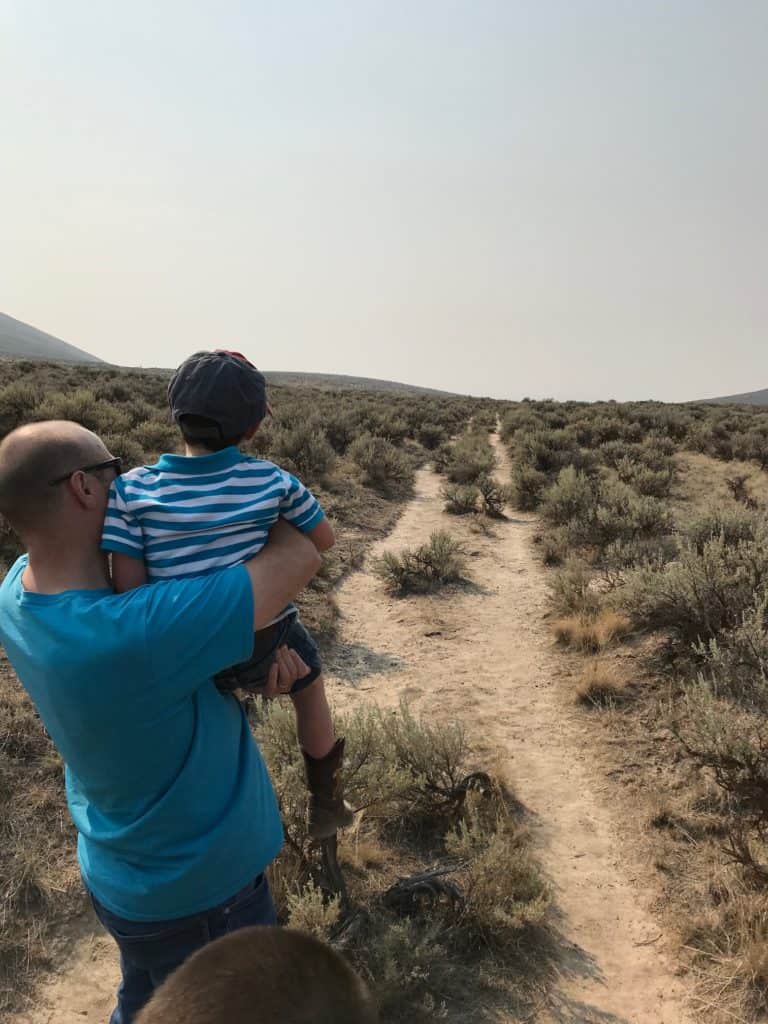
The wild expanse of Eastern Oregon is the best place to travel the Oregon Trail. Eastern Oregon hosts the National Historical Oregon Trail Interpretive Center, the chief interpretive center of the Oregon National Historical Trail.
Visit the Tamastslikt Cultural Institute to learn about the culture and experience the indigenous tribes of Eastern Oregon. From Emigrant Spring State Park to Umatilla River Lower Crossing, Eastern Oregon abounds with Oregon Trail sites.
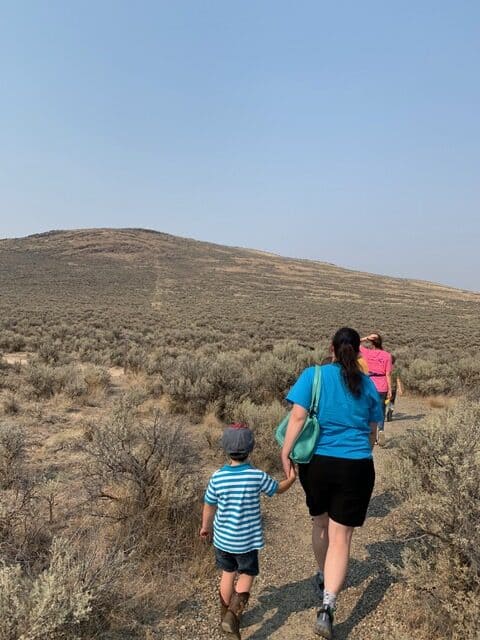
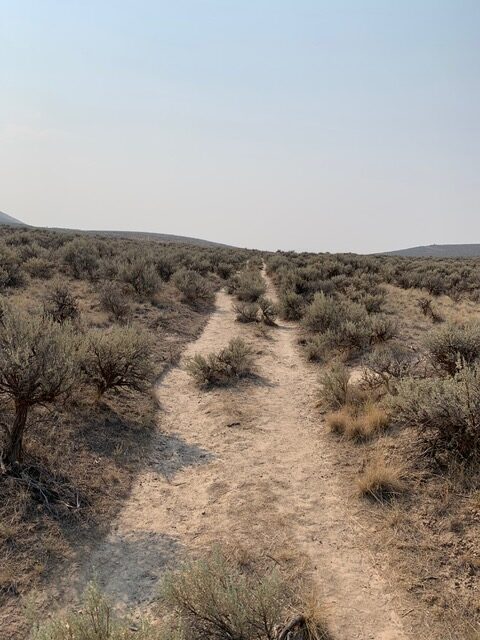
Eastern Oregon also hosts some of the best-preserved Oregon Trail ruts in the entire state, such as Echo Meadows and Virtue Flat.
In fact, the emptiness of Eastern Oregon makes for a superb Trail rut experience. You get a new appreciation for emigrating families when you’re standing in the silent, wild scrubland.
#4. Hells Canyon National Recreation Area
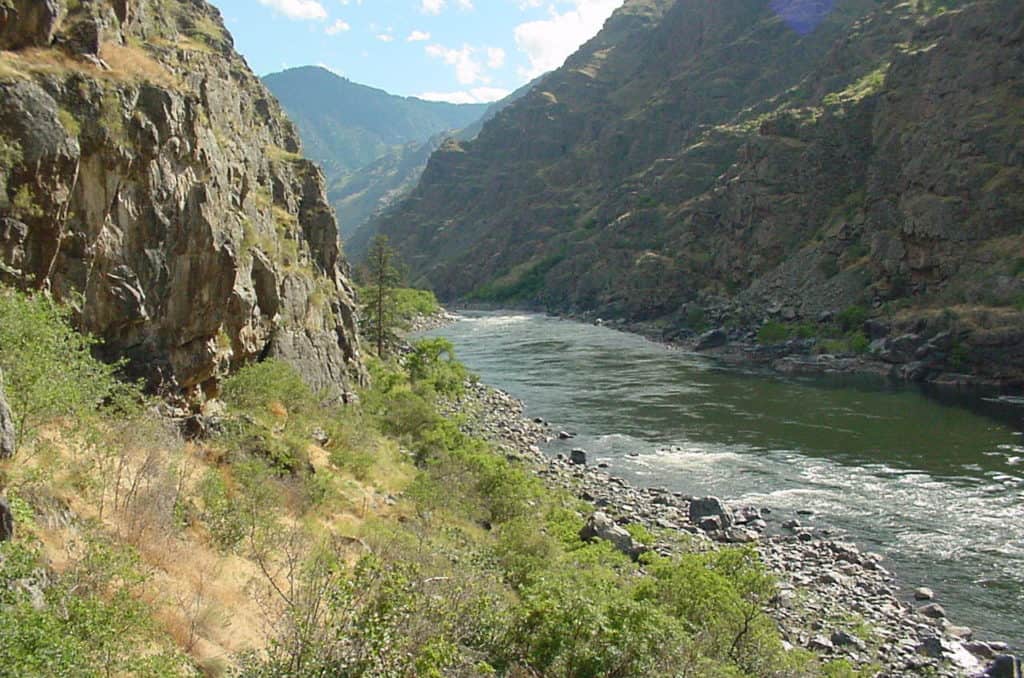
The State of Oregon ends in North America’s deepest Gorge. Stand at Hat Point Overlook and survey a canyonland that drops nearly 7,000 feet from rim to river. That’s almost 1,000 feet higher than the Grand Canyon’s North Rim!
Hells Canyon and the Snake River are full of natural beauty, recreational fun, and historic interest. Hells Canyon NRA hosts a wide range of activities including bicycling, camping, fishing, horseback riding, hunting, OHV riding, water activities, and water sports.
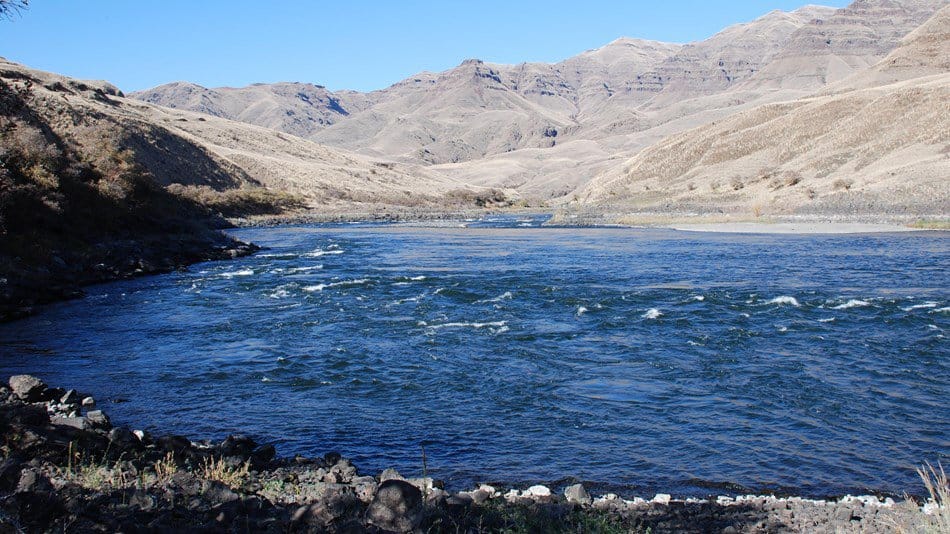
Epic lava flows, Paleo-Indian migrations, the Nez Perce’s Dug Bar crossing, and the Hell’s Canyon Massacre are only a few of the stories that surround this legendary part of the Pacific Northwest.
#5. Hart Mountain National Antelope Refuge
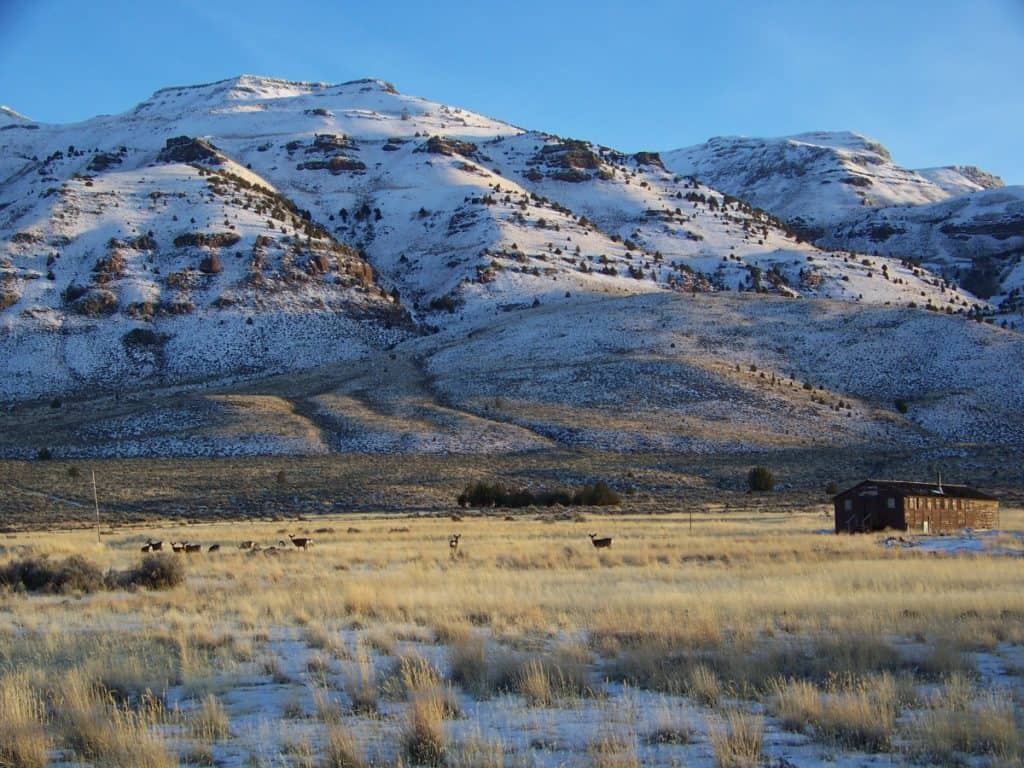
Southeast Oregon host the state’s most unique refuge. Hart Mountain National Antelope Refuge was created as a haven for pronghorn antelope but has grown to encompass several species of Oregon’s Great Basin region. California Bighorn Sheep, Coyotes, and Pronghorns are only a few of the wildlife that frequent this high desert oasis.
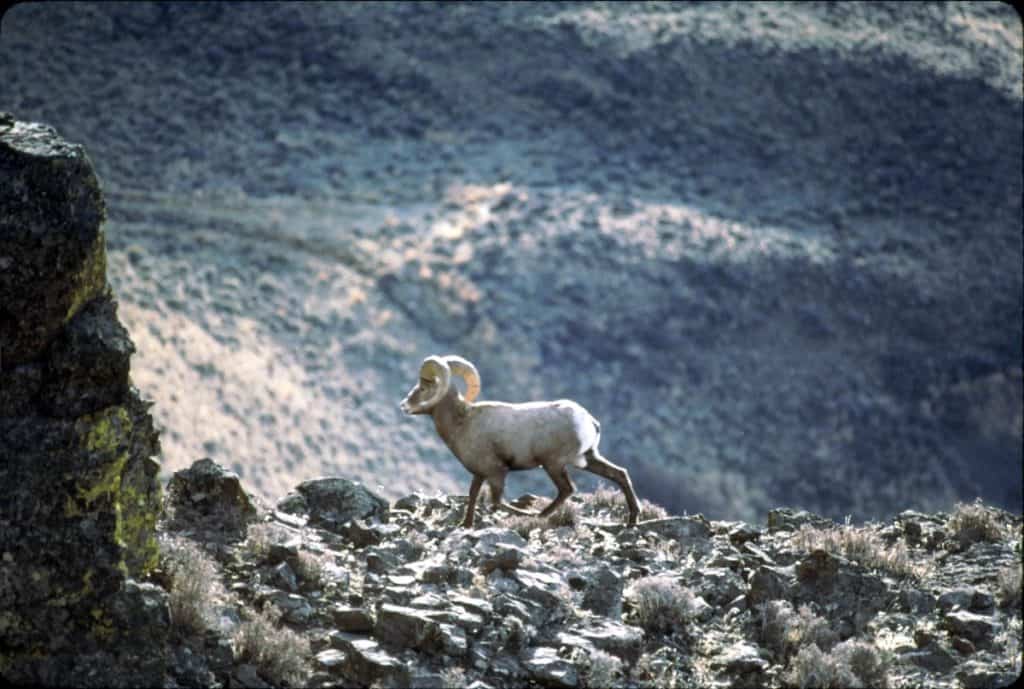
The refuge features campgrounds, ranger-led programs, and even natural hot springs! Wildlife watching, photography, hunting, fishing, biking, backpacking, birding, horseback riding, hiking, and art are all encouraged in this remarkable place.
Oregon National Parks in the Southern Oregon Region
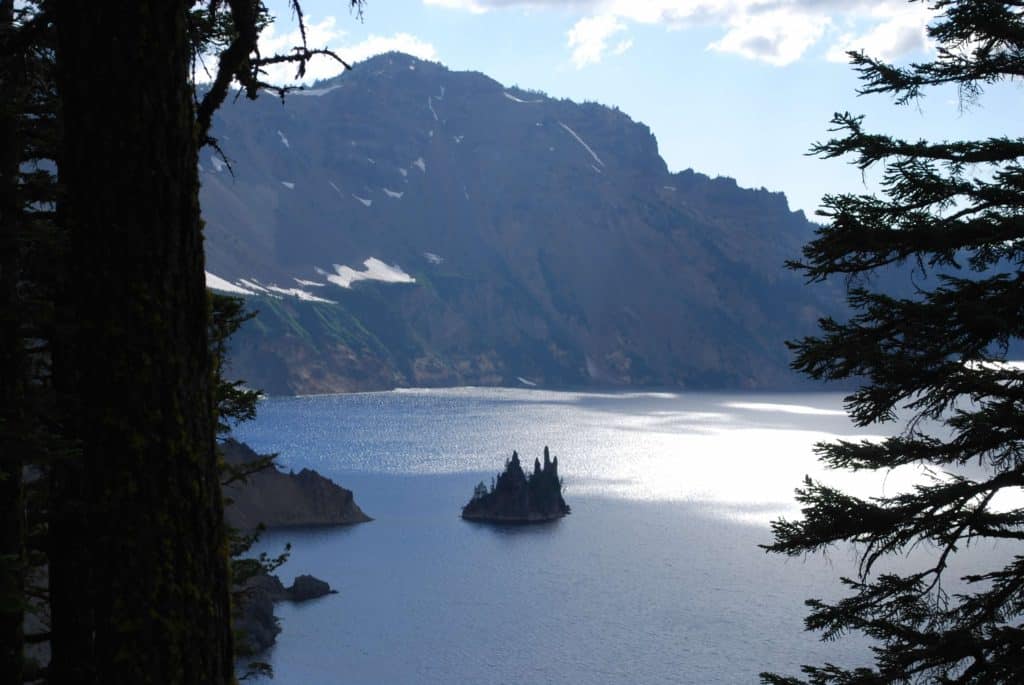
Oregon’s Southern region has a character of its own. The enormous area ranges from foggy coastal mountains to sun-baked flats. Though empty and wild, Oregon’s southland boasts several National Wildlife Refuges, a National Historic Trail, two National Monuments, and a world famous National Park.
#1. Crater Lake National Park
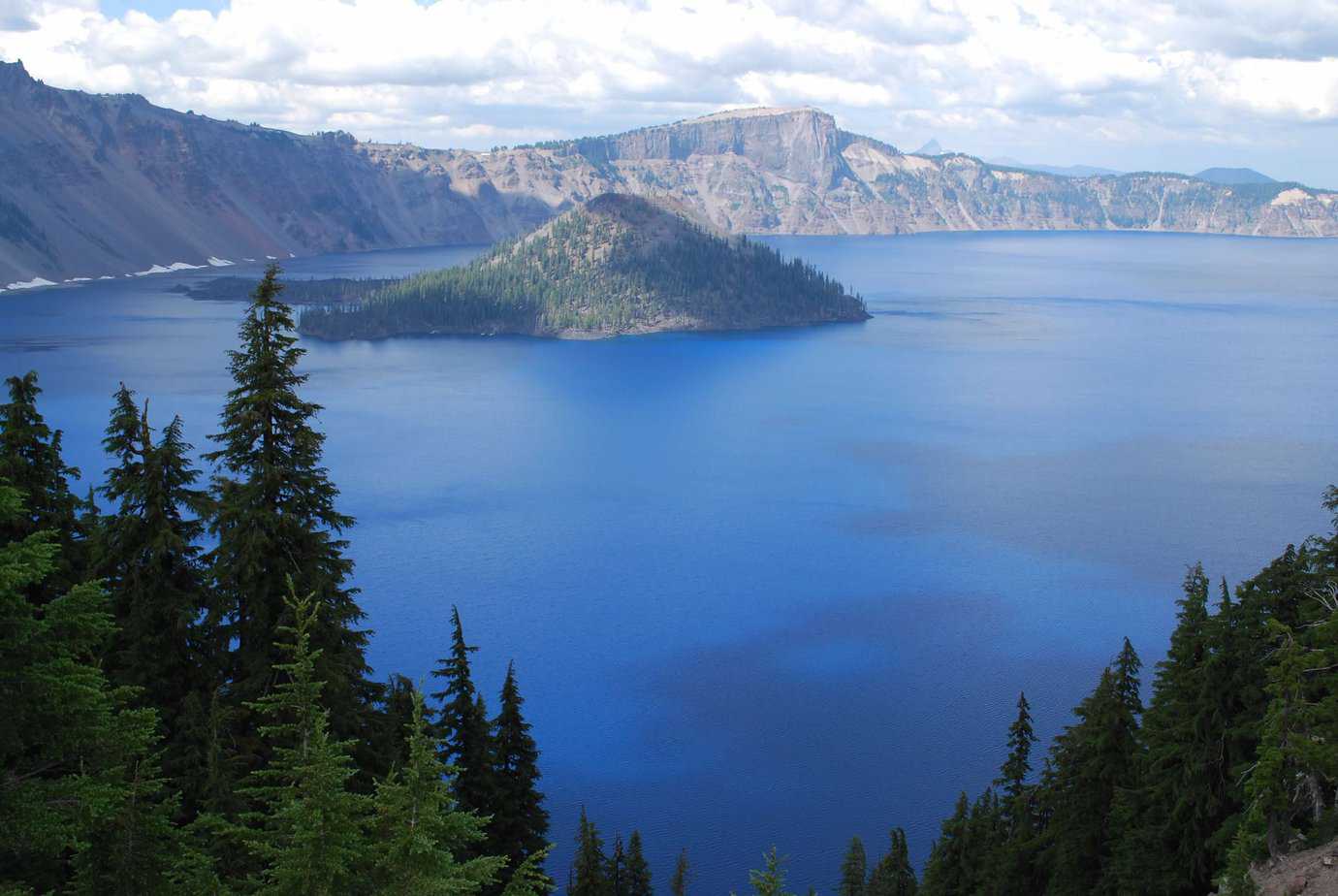
Crater Lake is no less wondrous than when it was first established in 1902. This classic National Park is full of wonders: from the massive lake rim to the deep blue hues of the lake, to the bizarre and beautiful Wizard Island.
The Lake finds its origin in the violent eruption of Mount Mazama, the mountain that now contains its waters. The resulting crater or “caldera” now hosts one the deepest lakes in the world.
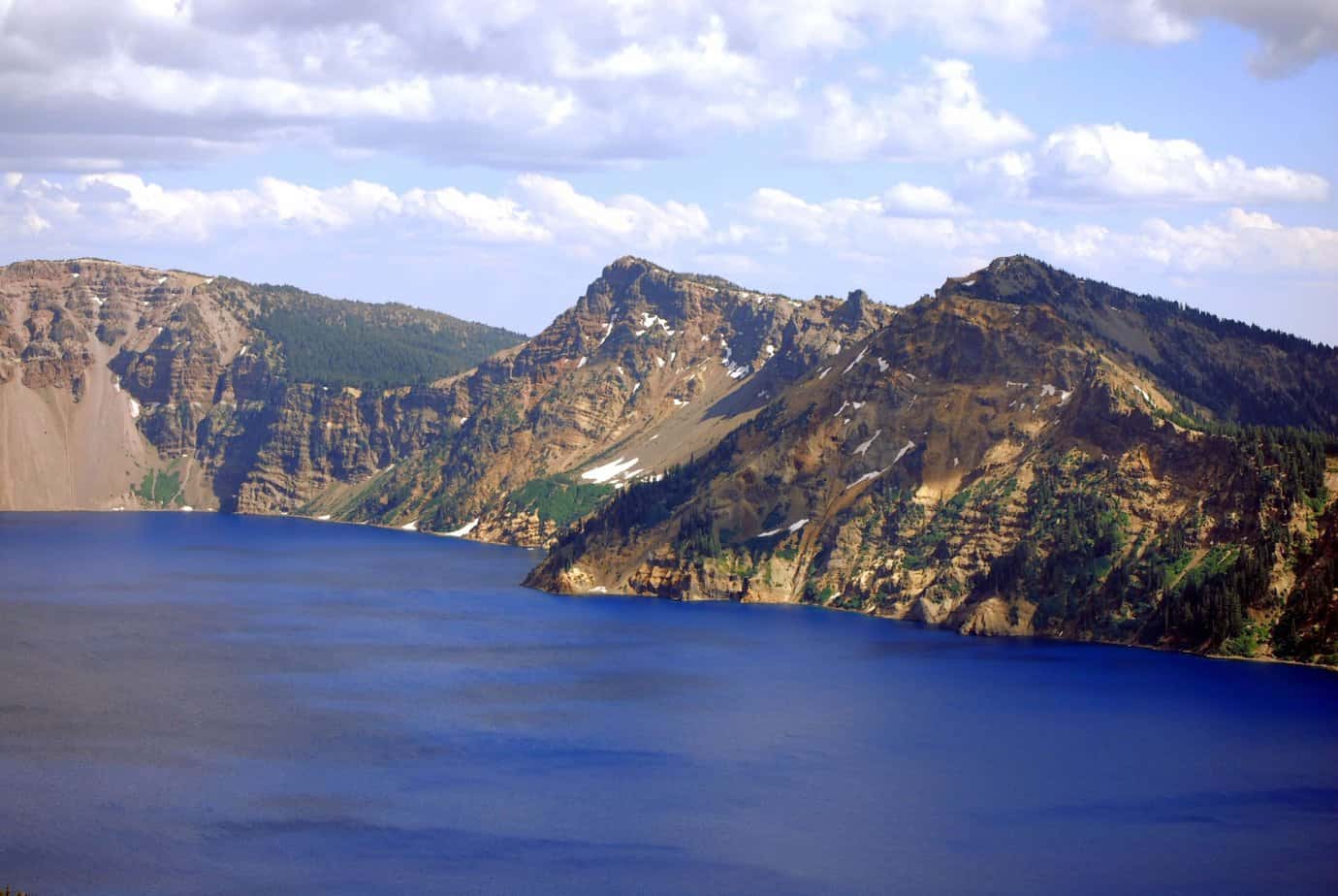
Crater Lake’s Rim Drive provides incredible views and accessible trails from all sides of Crater Lake. Awesome volcanic cliffs sweep down to alpine waters in a scene unlike anything else in the United States.
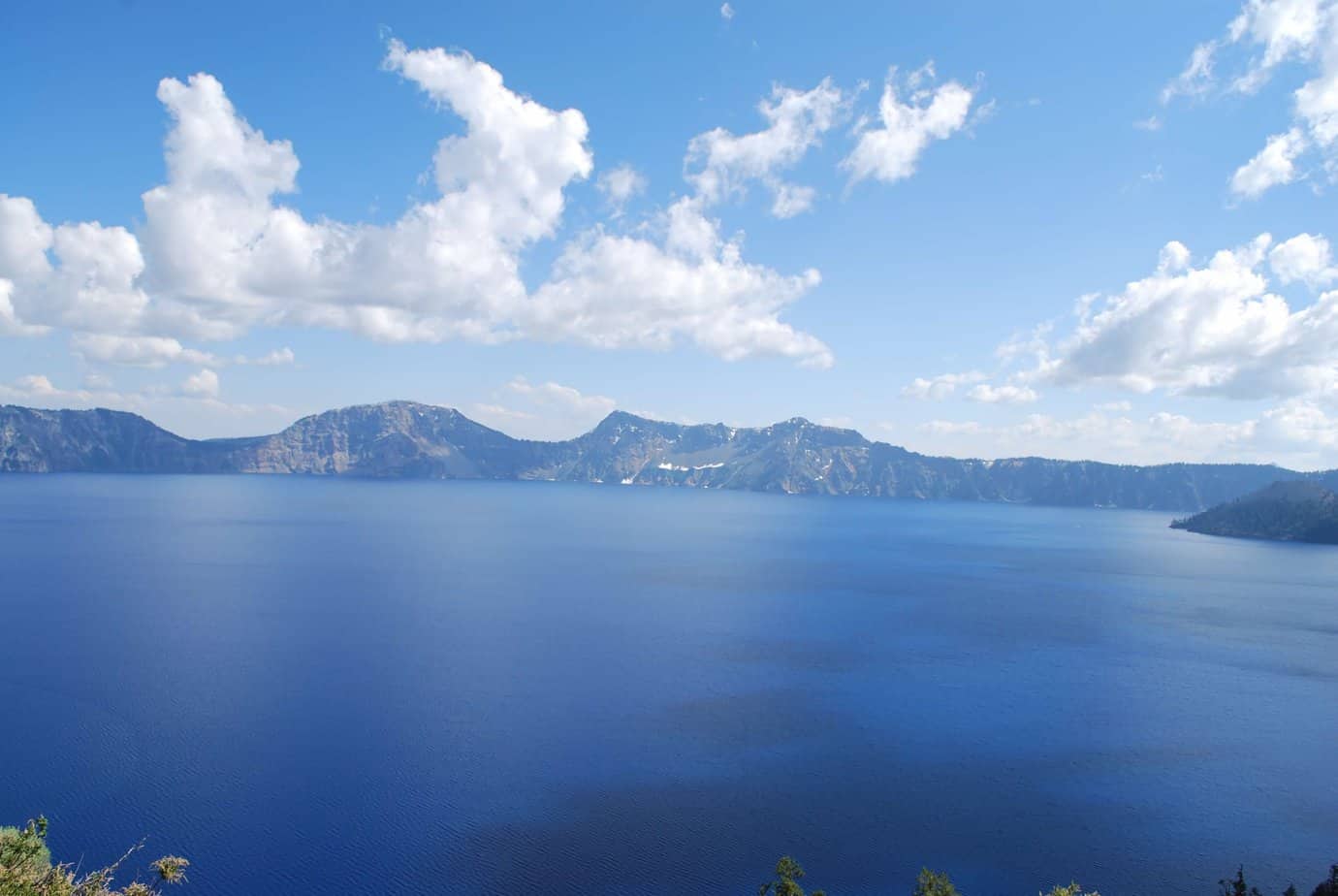
The Mount Scott Trail affords panoramic views of Crater Lake the surrounding countryside. Boat tours allow you to admire the lake from a different perspective. Be sure to also check out Crater Lake Lodge. The historic lodge was built in 1915 and still accommodate travelers in its 71 rooms.

#2. Oregon Caves National Monument & Preserve
Historic Oregon Caves National Monument is located in the state’s remote southwest corner. Established in 1909, the National Monument is nearly as old as Crater Lake and has its own historic lodge.
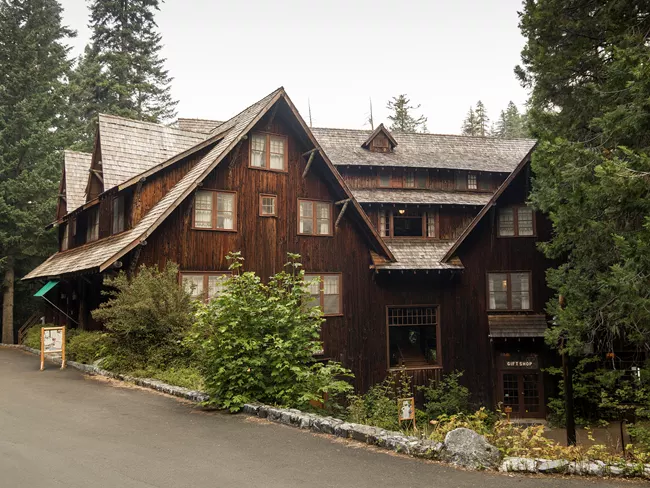
The monument is situated on a mountainside in Oregon’s Siskiyou range and encompasses nearly 4,600 acres of forested land. Six trails trek through mountain meadows, marble outcrops, and old-growth forest.
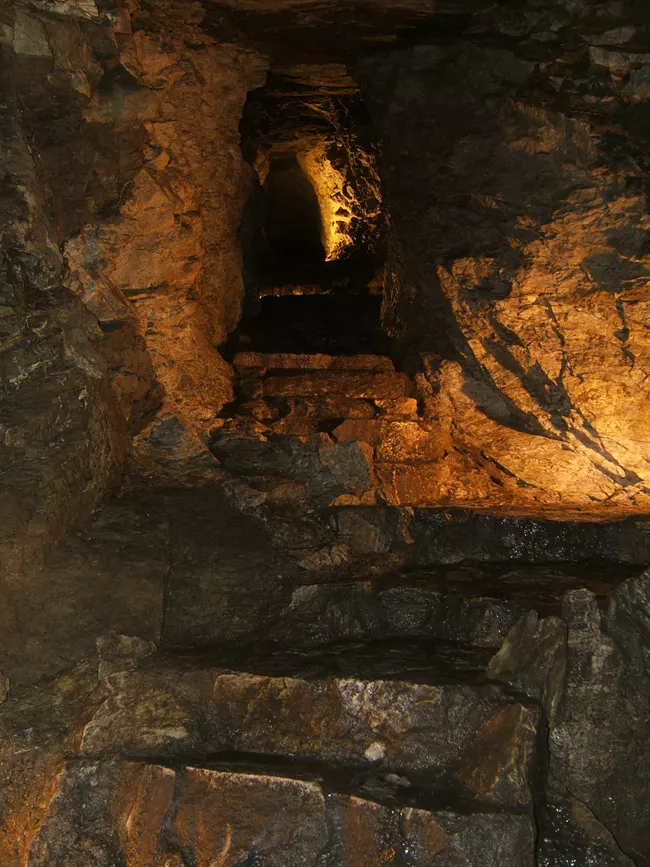
Ranger-led tours guide visitors safely through the marble halls and beautiful formations of the Oregon Caves. The dangers of the caves require limitations that you don’t typically expect at a national park.
Children must be at least 42 inches tall to join a cave tour, while wheelchairs, strollers, and infant carriers are not permitted on the tour. Tours work through narrow spaces and several flights of stairs.
#3. Cascade-Siskiyou National Monument
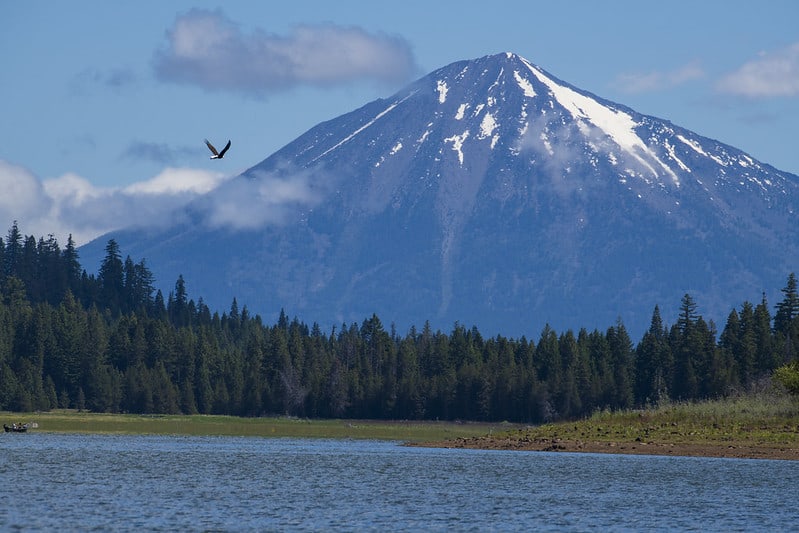
Oregon’s newest national park site lies only 17 miles Southeast of Ashland and the Interstate 5 Freeway. The Monument was established in 2000 to protect the natural wonders and cultural heritage of the Cascade and Siskiyou region.
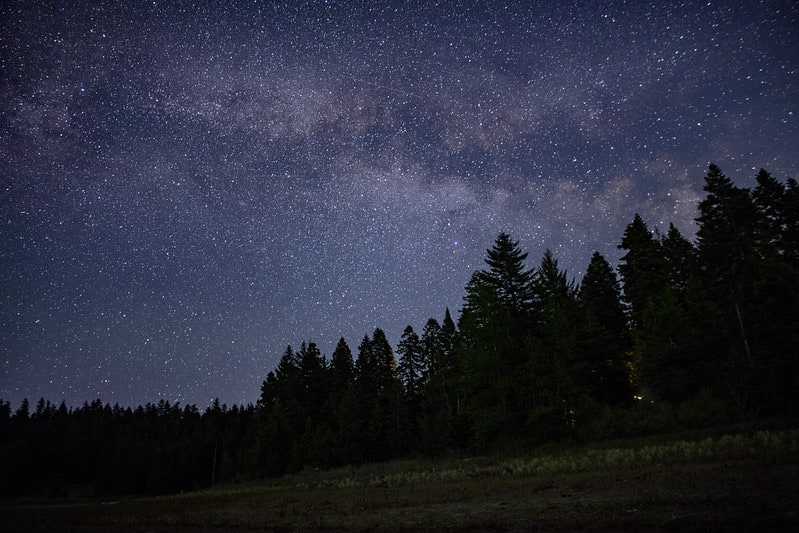
Highlights include monumental Pilot Rock, the historic Applegate trail, and majestic views from the Soda Mountain observation station. Camping, rock climbing, hiking, horseback riding, hunting, fishing, and winter activities all take place at this solitary southern gem.
#4. California National Historic Trail, Southern Oregon Region
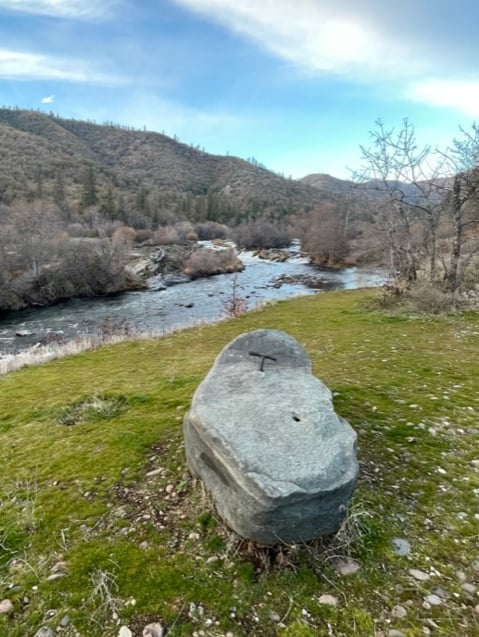
Branches of the California Trail run from Southern Oregon to the Willamette Valley.
The Applegate Trail (a southern extension of the Oregon Trail) also crossed the Klamath and Rogue regions of Southern Oregon. The Interstate 5 and historic Highway 66 follows much of the route that was first taken by emigrant wagons. Pioneer stops and sites can be found throughout the corridor.
@dinkumtribe Step into a historic Christmas celebration in Southern Oregon! @dinkumtribe @dinkumtribe @dinkumtribe #applegatetrail #historicoregontrail #historiccaliforniatrail #californiahistorictrail #oregonfamily #adhdfamilytravel #familytravelcreator #pnwfamily #homeschoolfamily #homeschoolfieldtrip ♬ The Christmas Song (Merry Christmas To You) – Nat King Cole Trio
The town of Jacksonsville was once one of Oregon’s largest pioneer settlements. This western town offers a great break from the grind of Interstate travel.
Douglas County Museum of Natural History is another stop on the California National Historic Trail that is conveniently located just off the Interstate.
@dinkumtribe Our kids loved riding in the horse-drawn carriage ride! @dinkumtribe @dinkumtribe @dinkumtribe #victorianchristmas #victorianchristmasaesthetic #jacksonvilleoregon #oregonchristmas #historicoregon #horsedrawncarriage #adhdfamilytravel #familytravelcreator #oregonfamily #pnwfamily #pnwfamilies #oregonfamilies #familytravelvlog #familytravelblog #familytravelinfluencer #travelwithkids ♬ Sleigh Ride – Ella Fitzgerald
The Wolf Creek Inn offers a great opportunity to step into frontier Oregon. Henry Smith built the hotel in 1883 as lodging for stagecoach travelers. Wolf Creek still operates today as Oregon’s oldest continuously-used hotel.
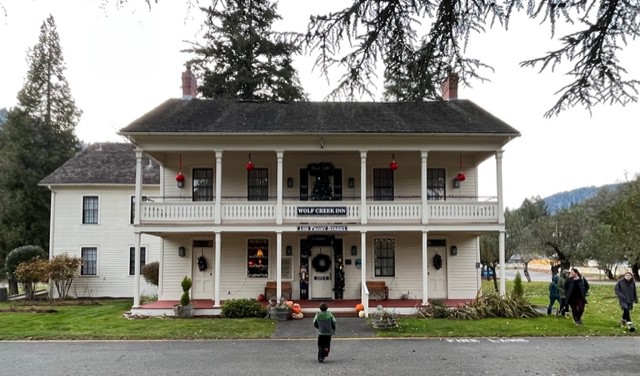
Pacific Wonderland: Oregon’s National Parks
That sums up our survey of Oregon’s best NPS sites. If you’re visiting Oregon’s national parks, we’ve also created a list of some of the best Oregon gifts to bring home or give to a friend.
Is there a park that you’d like to know more about? Leave us a question or comment, and we’ll get you an answer. Happy traveling!
Oregon National Parks FAQs
How many national parks are in Oregon?
Crater Lake is the only National Park in Oregon. However, Oregon has several national park sites.
National park sites are parks that are run by the National Park System. These include National Parks, National Monuments, National Historic Sites, National Recreation Areas and more.
Oregon has many national park sites, but only one of them has been designated as a national park: Crater Lake
What are the five national parks in Oregon?
Strictly speaking, Oregon has only one “national park”, Crater Lake.According to the National Park System, there are 10 national park sites in Oregon:
- California National Historic Trail
- Crater Lake National Park
- Fort Vancouver National Historic Site
- Ice Age Flood National Geologic Trail
- John Day Fossil Beds National Monument
- Lewis & Clark National Historic Trail
- Lewis & Clark National Historical Park
- Nez Perce National Historical Park
- Oregon Caves National Monument & Preserve
- Oregon National Historic Trail
Oregon also has national monuments, national historic sites, national trails, and national recreation areas that aren’t usually included in the NPS list because they’re administered by the Bureau of Land Management or the United State Forest Service
What is Oregon’s only national park?
Crater Lake is Oregon’s only national park. However, Oregon holds 10 national park sites.
What is a famous park in Oregon?
This is a tough question to answer because Oregon has at least five world-famous park locations:
Crater Lake National Park is certainly the most famous park in Oregon. This epic lake has a grandeur that is unlike any other place in the United States. It stands out as one of the deepest lakes and most unique landforms in the world.
Multnomah Falls is nearly as famous as Crater Lake. The 620’ double waterfall is among the most scenic cascades on earth. Multnomah Falls is located in the Columbia Gorge National Scenic Area.
Silver Falls State Park is another world-famous park in Oregon. The park’s trail of ten falls guides you along a four-mile corridor of ten incredible cascades.
Cannon Beach has achieved international fame for its coastal beauty. There’s an excellent chance that you’ve admired pictures of this stunning coastline.
Oregon is also famous for its Painted Hills, which are located in John Day Fossil Beds National Monument. These paleosoils have an intriguing beauty that draws visitors from around the world.
Is Multnomah Falls part of a national park?
Good question! You can say yes and no.
Multnomah Falls is part of the Columbia Gorge National Scenic Area, which is not a national park.
However, Multnomah Falls is a key site along the Ice Age Floods National Geologic Trail which is a National Park Site.
The Columbia Gorge National Scenic Area administers this public lands site, so you’ll want to go to their website for your trip planning and reservations.
There’s no entrance fee to visit Multnomah Falls. However, you may have to reserve a visitor’s permit because Multnomah Falls is extremely popular, especially in the summer months.
Is Yosemite National Park in Oregon?
Yosemite National Park is located in California. What can I say, we can’t have all the good stuff!
What park in Oregon has ten waterfalls?
That would be Silver Falls State Park. Oregon’s “Crown Jewel” could definitely be a National Park, but we don’t want to share. (You wouldn’t want to either.)
What are the 7 Wonders of Oregon?
According to TravelOregon, the 7 Wonders of Oregon are:
- Crater Lake
- The Painted Hills
- Smith Rock
- The Wallowa Mountains
- The Columbia River Gorge
- Mount Hood
- The Oregon Coast
Why is Mt. Hood not a National Park?
Peaks like Mount Hood are common in Oregon and the Pacific Northwest. Mount Hood is the tallest peak in Oregon, but it’s also seen a lot of development over the years. Portland’s mountain is right next to Oregon’s largest metropolis.
© Copyright Brian A. Warren 2022-2024. Updated January 13, 2024.
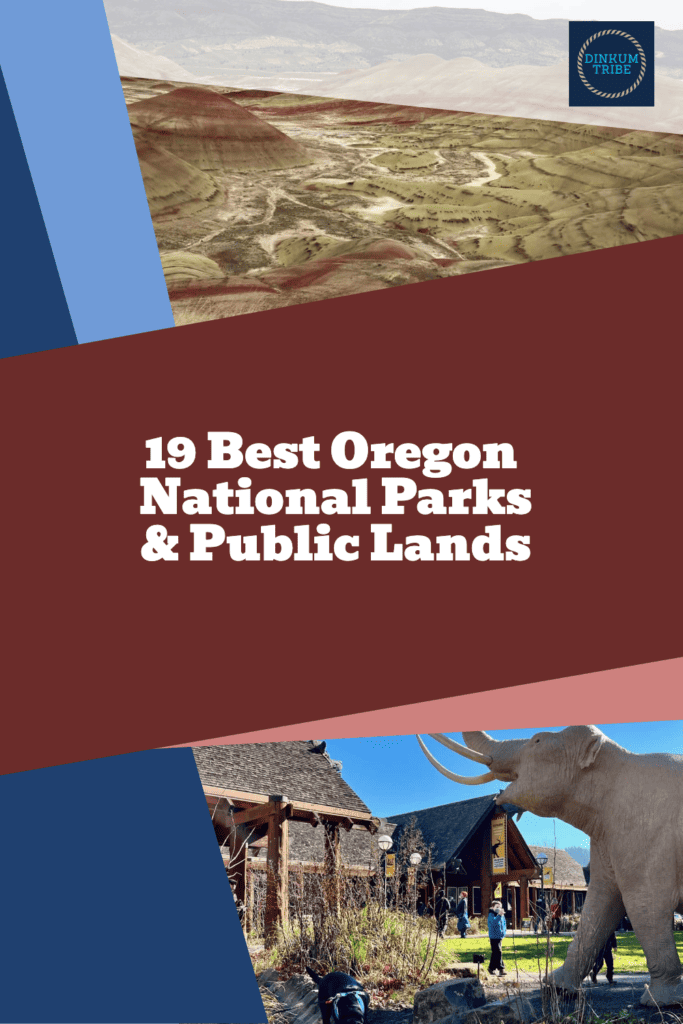
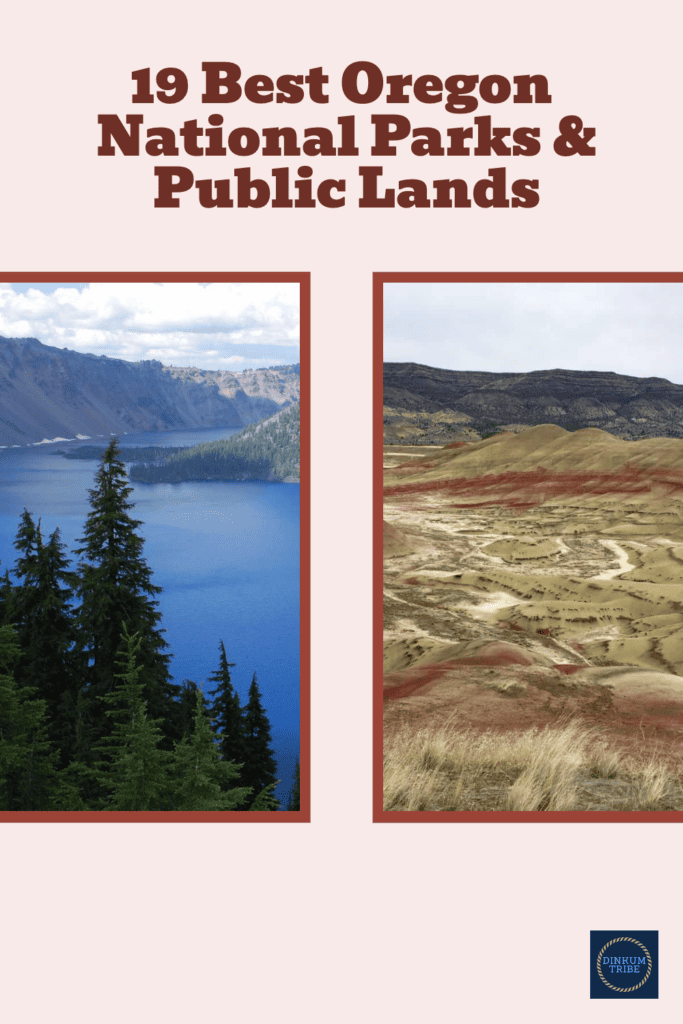
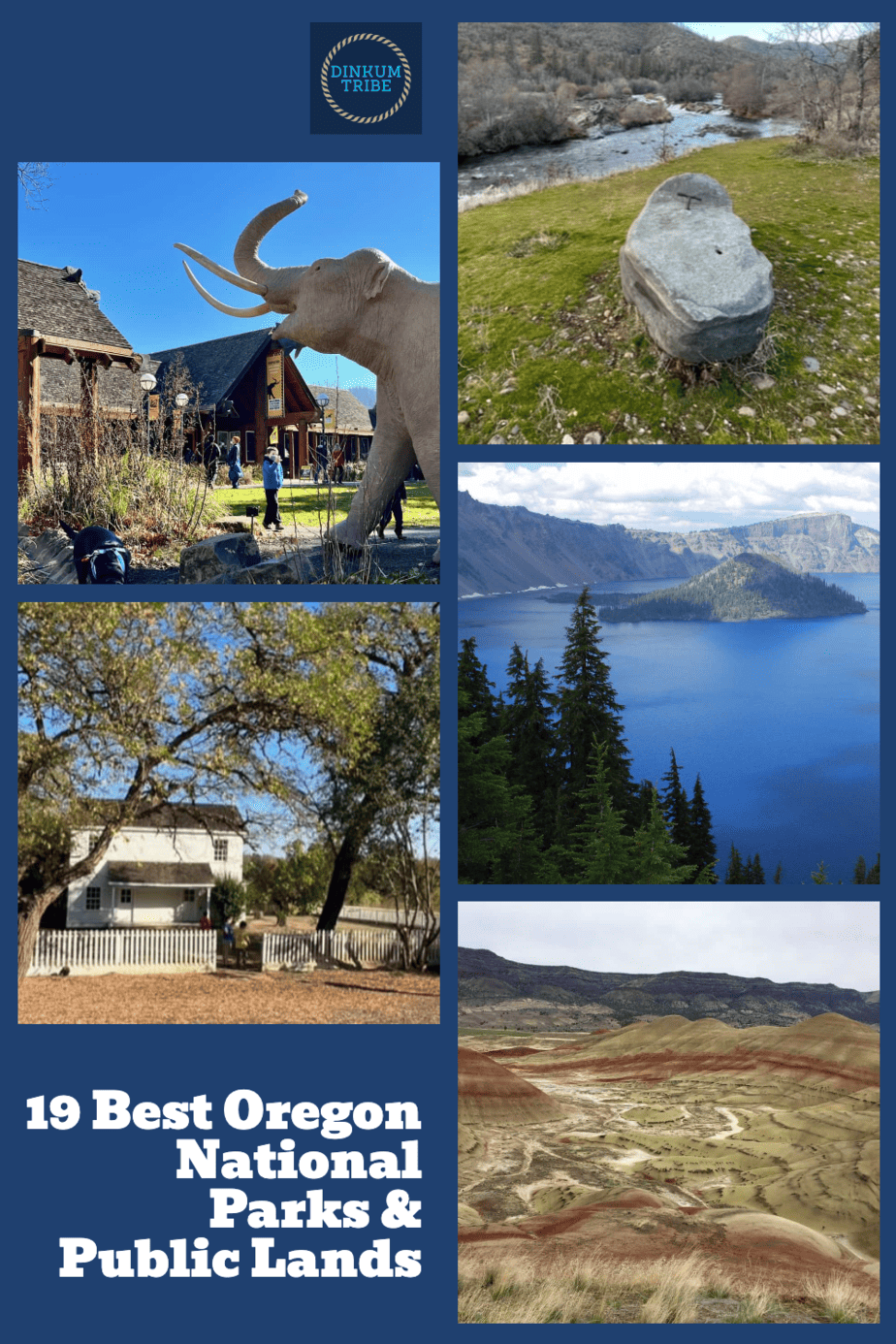

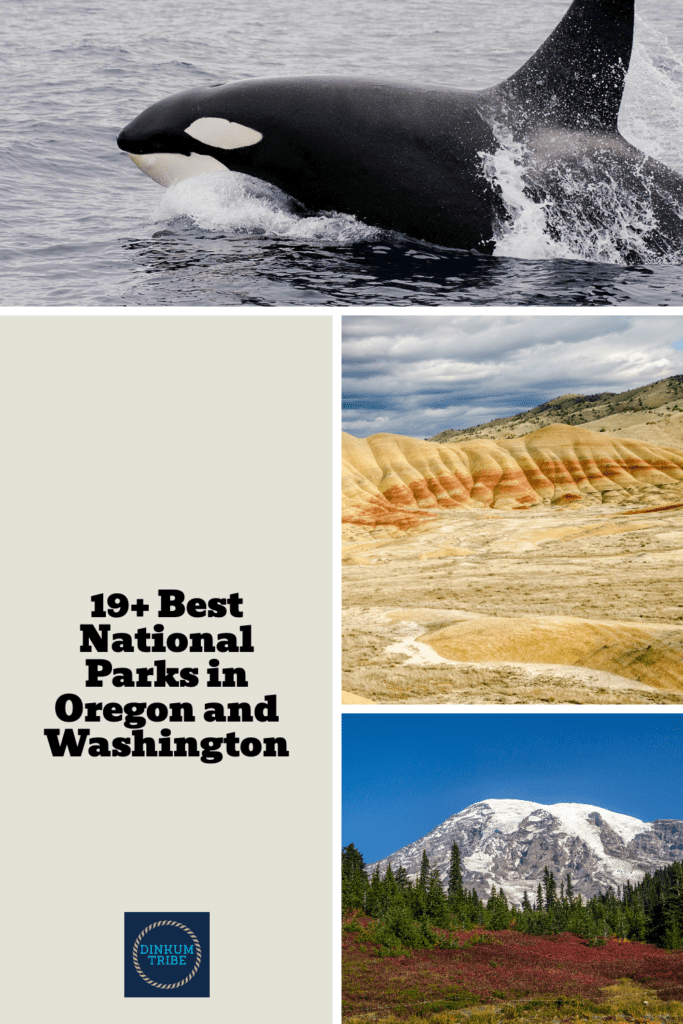
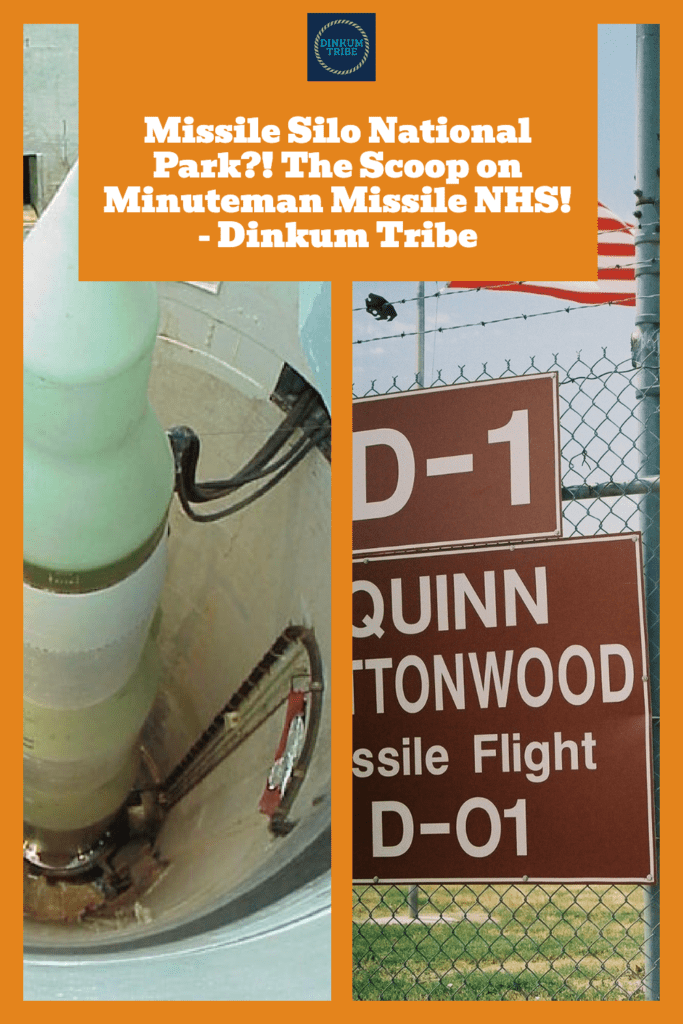
Oregon is soooo varied! Mountains, volcanoes, forests, waterfalls, deserts, fab coastline…there is just soooo much to see in those varied national parks! Fab post!
Oregon really is one of the most diverse states! Thanks for stopping by!
Oregon is one of the most beautiful states in the U.S.! I went last September and its a gem. Thank you for sharing!
Totally agree. Thanks for your comment!
We made our first trip to Oregon last year. Just loved it! But I see there’s much we missed…
So many amazing national park sites here in Oregon!
We visit the west coast often and really want to explore more of Oregon. So it was awesome to see this list of great National Parks in Oregon. Such great variety in the outdoor sites. It will definitely mean many trips to check them all out.
We’ve been here 8+ years, and we’re still finding new ones ourselves!
Wow it looks like there are some fantastic national parks to visit in Oregon. Can’t wait to do a road trip here!
Oregon is a great place to road trip!
Oregon has so much natural beauty! We stopped at Multnomah Falls on our way to a wedding, but I’d love to come back to see Mount Hood and Crater Lake. They’re both beautiful! Thanks for sharing this comprehensive guide to Oregon’s NPS.
Hope you get to come back and see some of these places. Hells Canyon is next on our list!
I am fascinated by the idea that cataclysmic floods shaped the landscape of Northern American. I would love to hike the Ice Age Floods National Geological Trail.
We’ve enjoyed all the stops we’ve seen so far on the Ice Age Floods NGT.
It’s a great trail to explore!
I love some outdoors time with nothing but the vastness of nature around me. You’ve compiled such a great list here with equally stunning photos – thanks so much for sharing! I’d definitely love to visit Mount Hood National Forest and Ice Age Floods National Geologic Trail someday!
I hope you get to visit both of those beautiful Oregon National parks soon!
Nice blog post with beautiful photos. Thank you for sharing
Thanks for stopping by!